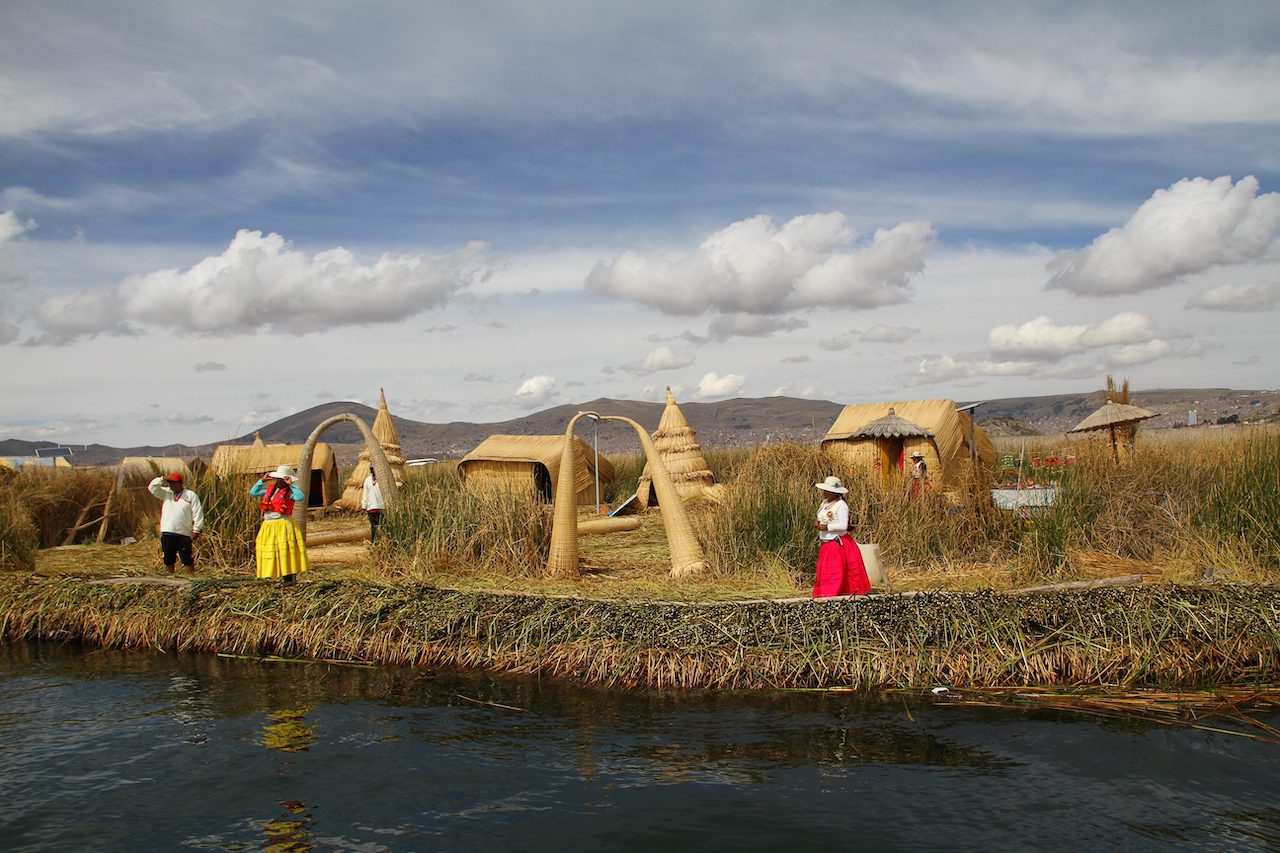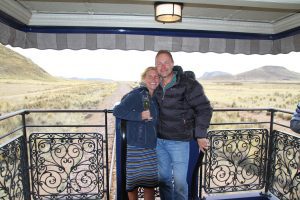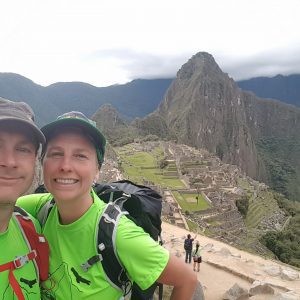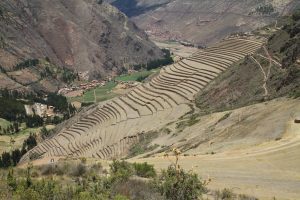🙂 Lovely people. Traditional and peaceful way of life.
🙁 Attrition from the island – the youngsters all leave for the Cities and rarely return.
Our hotel was set on the shores of Lake Titicaca and called GHL Hotel Lago Titicaca – stunning views of the lake. We had breakfast at 07h00 with colca tea which made us all feel a bit better. Sunrise on the lake was spectacular. Bruno from Puno collected us at 07h45 and we boarded the speed boat which was moored up at our hotel .
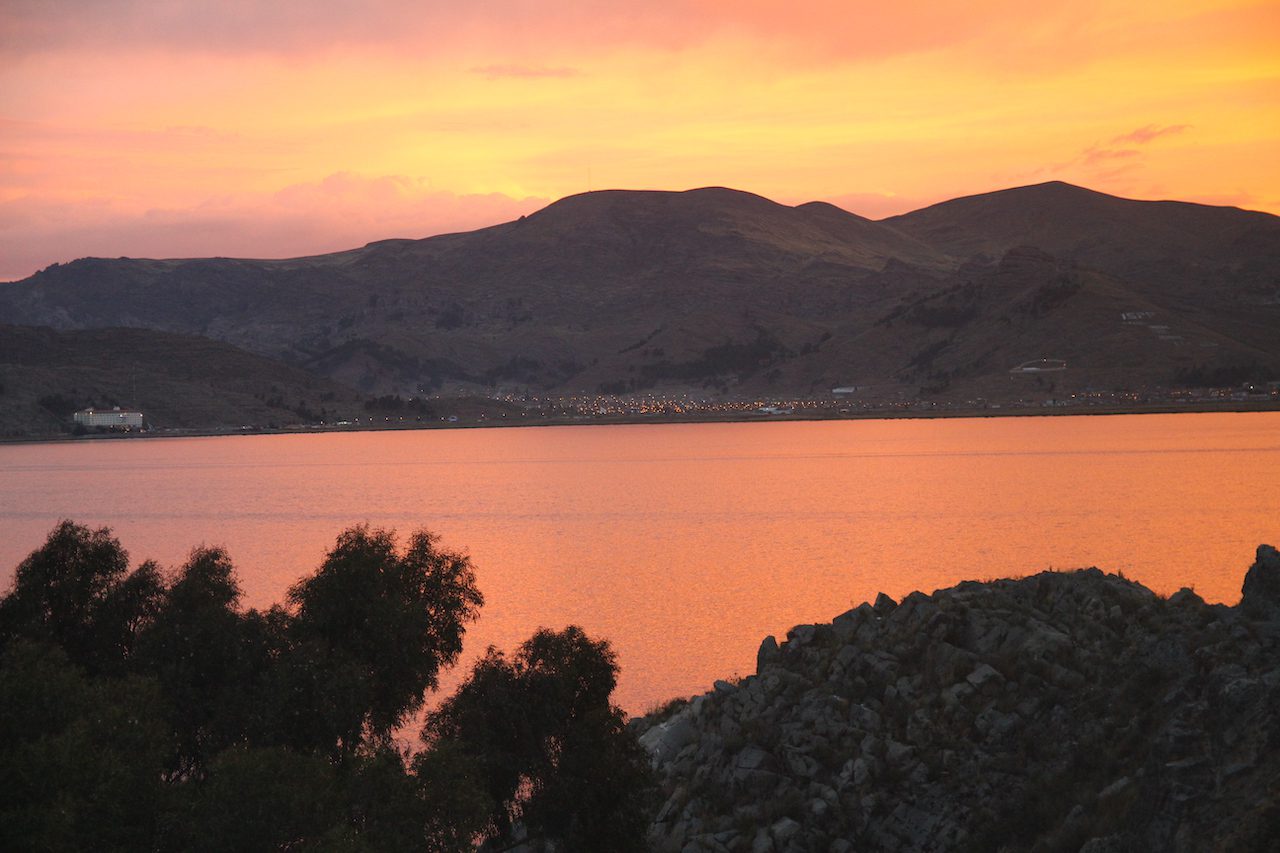
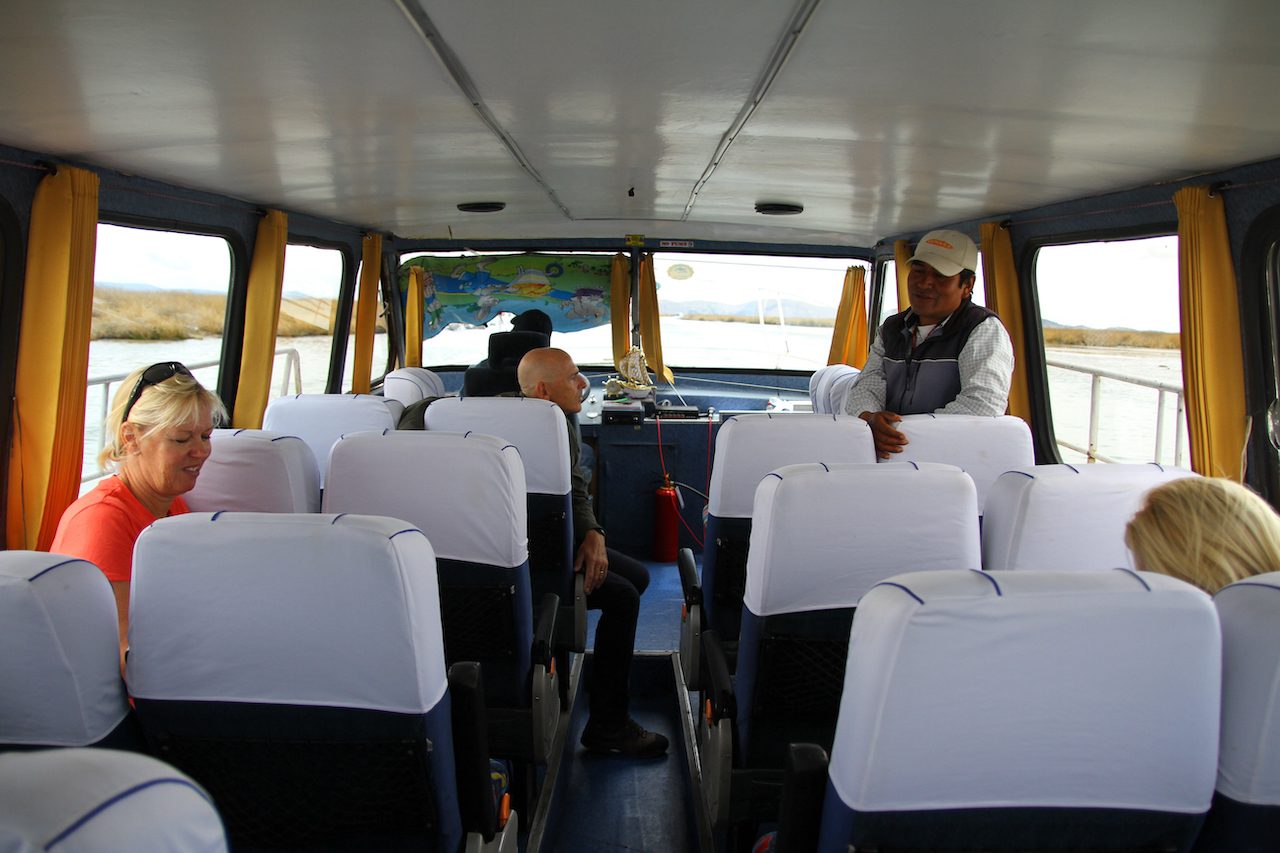
Our first stop was the floating islands of Uros. Definitely very touristy – but as long as you accept that this is the way it is and that this is now their way of making an income out of their way of life you can put that aside and enjoy the experience! The Islands are made entirely from totora reeds and the lives of the inhabitants of these artificial islands are entirely dependent upon the reed beds that they live among. To protect themselves from invading groups, the Uros built mobile islands from the endemic totora plant. If a threat emerged, they could simply move their islands elsewhere in the lake. While this worked for a while, both the Incas and Spanish eventually discovered their islands. Around 1,200 people still live on these floating islands. These days, the Uros earn income through tourism. This has brought a few modern conveniences to the archipelago, including improved sanitary facilities and solar panels which reduce the risk of fires from open flames. They have embraced modern technology, with most islanders using cell phones and televisions powered by the solar panels.
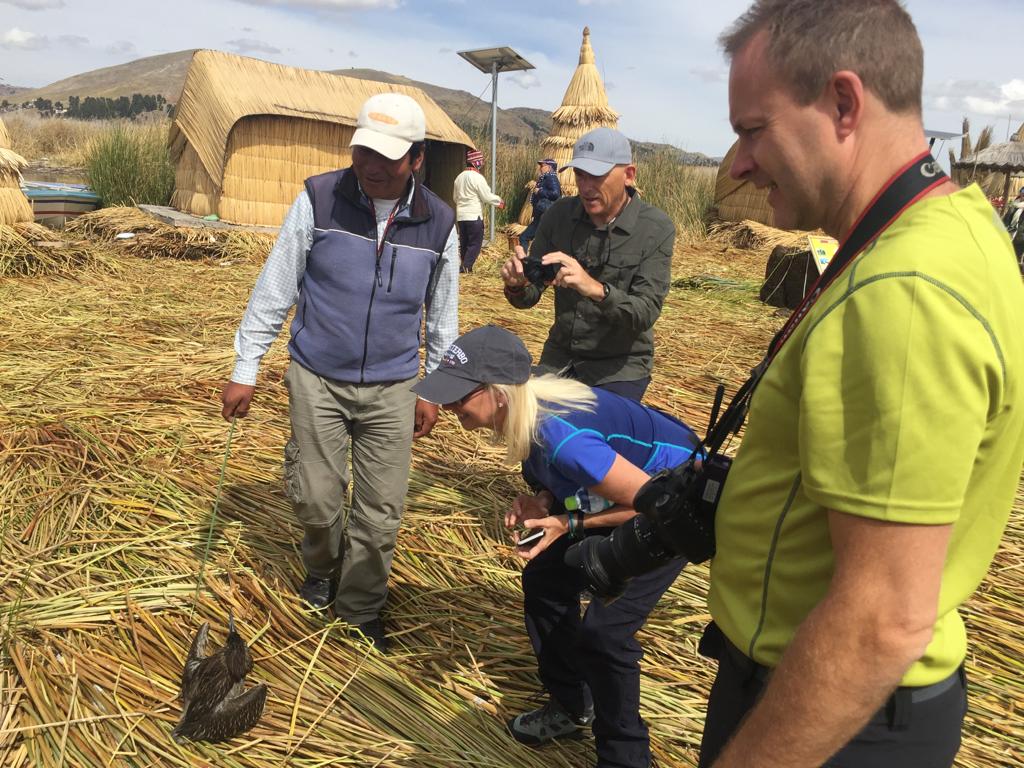
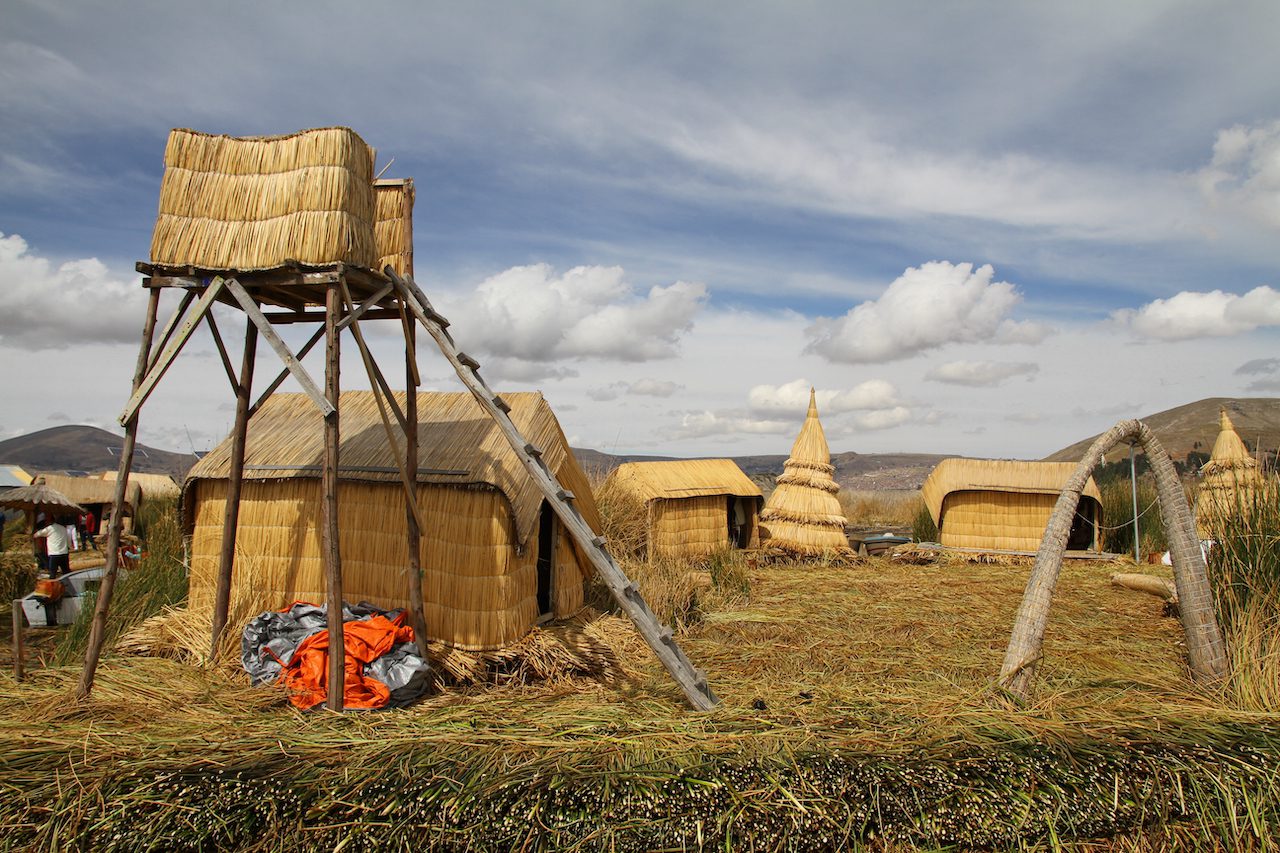
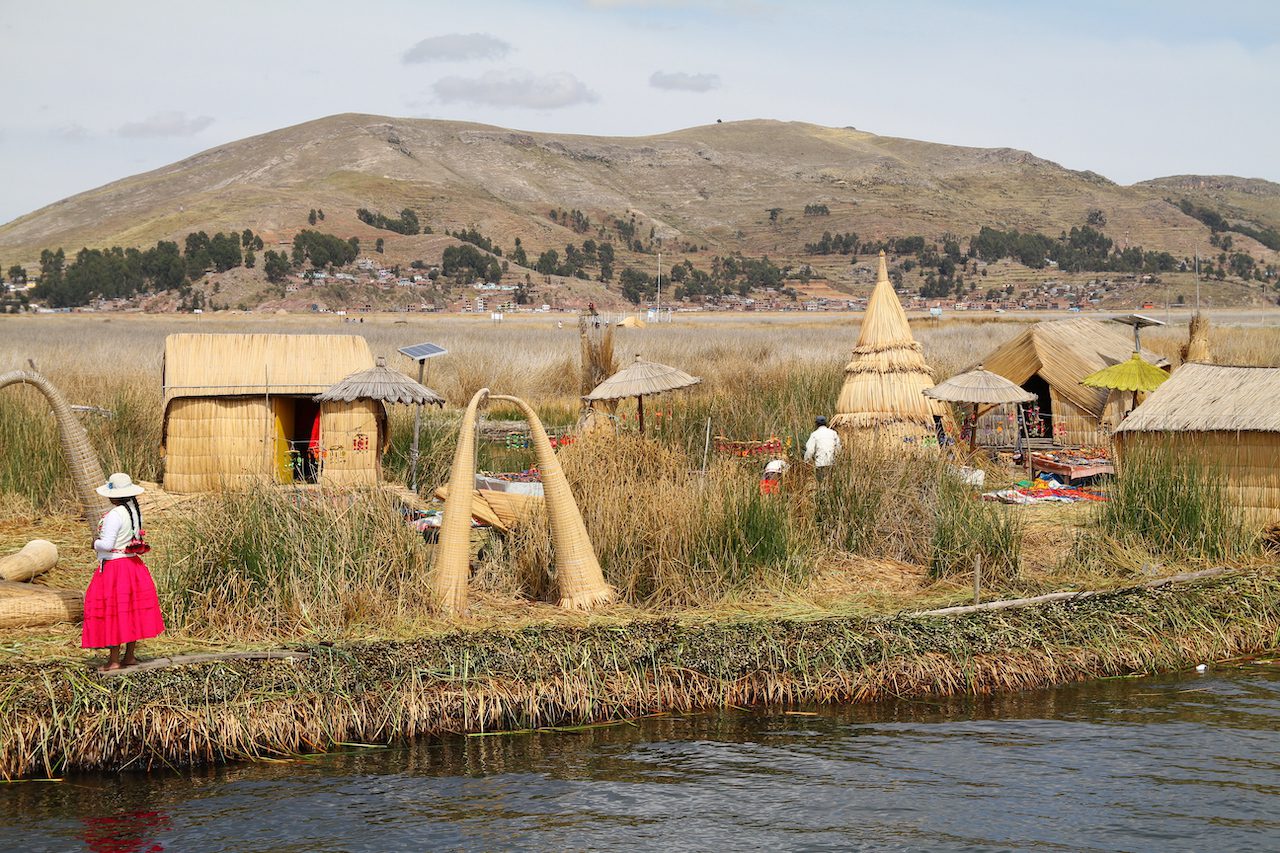
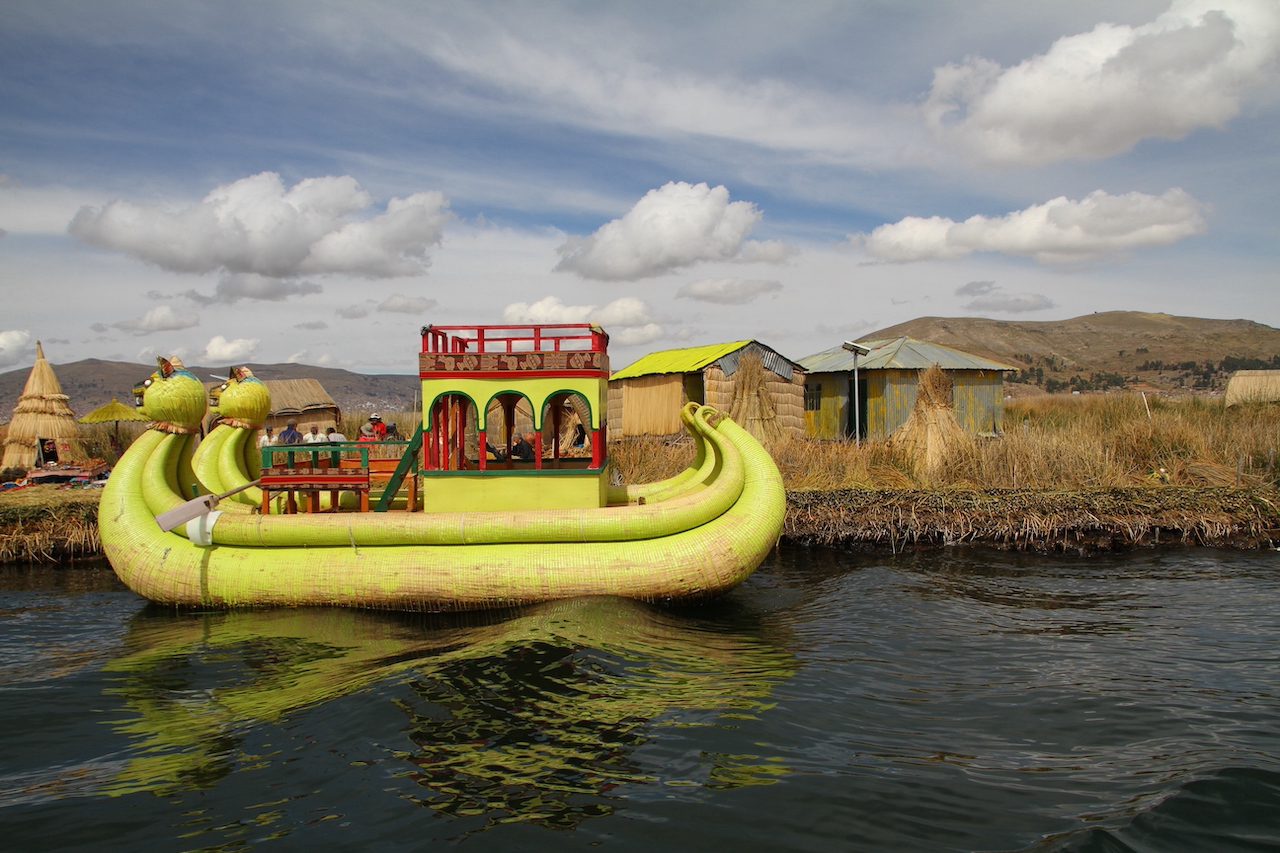
To make an island, the Uros people create a sturdy but light base tying together layers of totora roots. Totora roots are naturally buoyant at the time of harvest. The roots float to the surface of the lake during the rainy season between November and March. Uros men are in charge of collecting the best roots for their islands. If the roots have too much soil, they will sink. Above the totora root base, many layers of totora reeds are bundled and stacked. They anchor the islands in one place with rope and Eucalyptus stakes driven into the bottom of the lake. The islands are very bouncy!
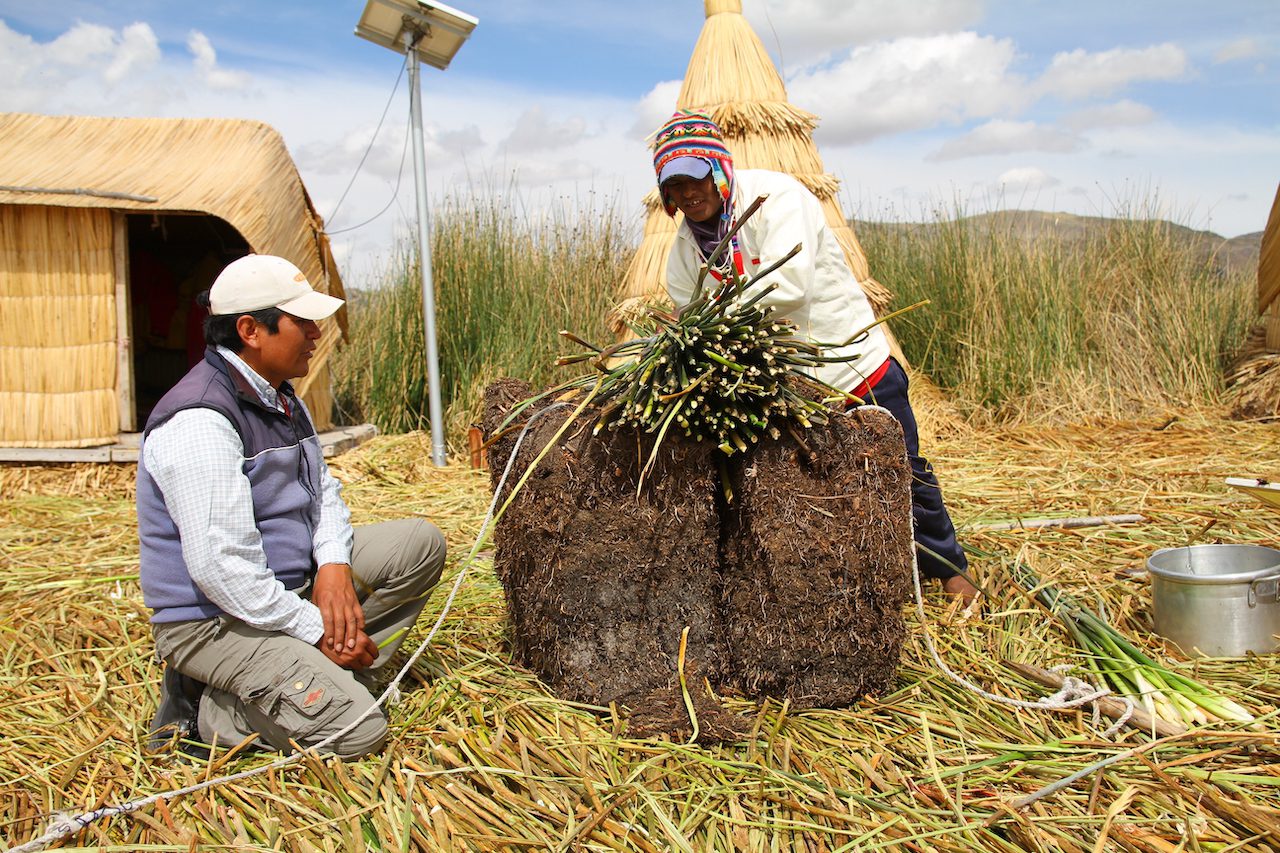
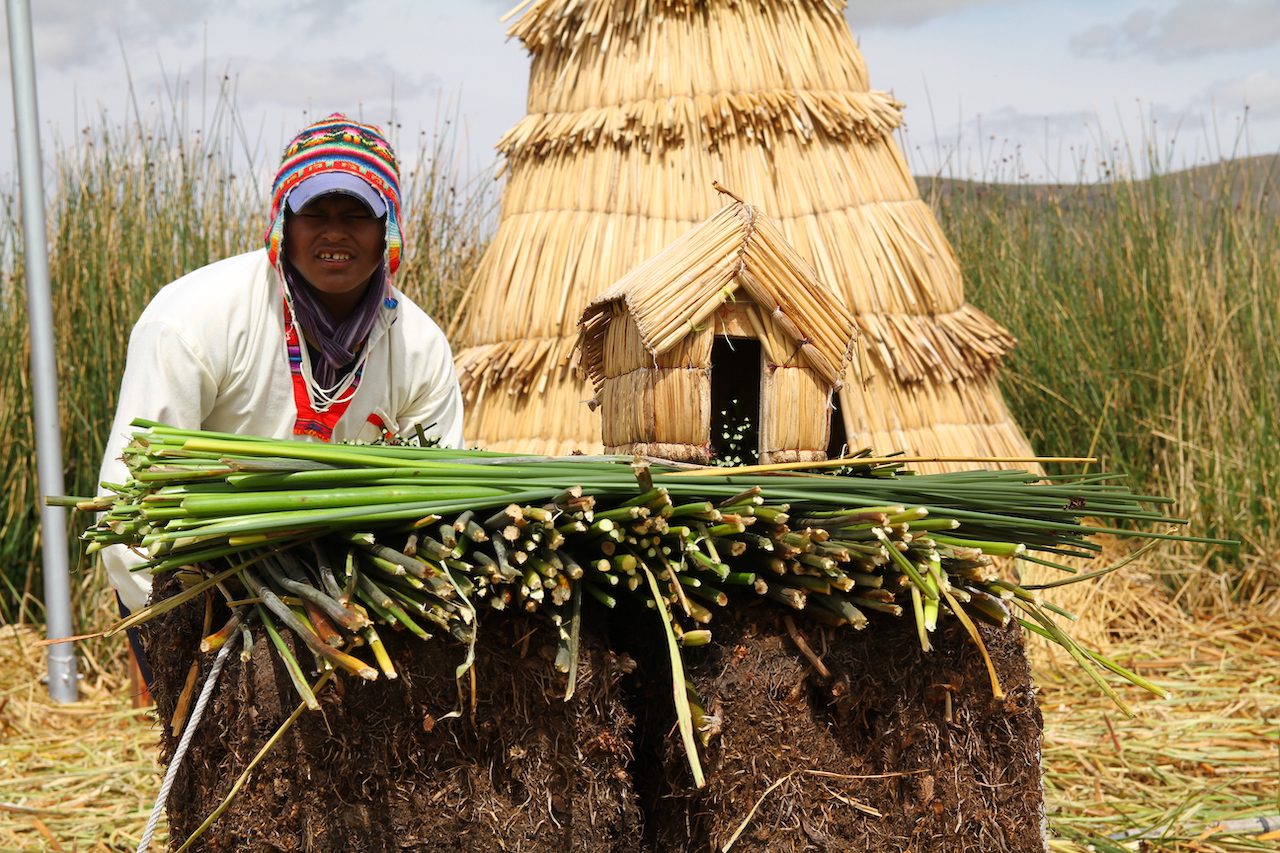
The islanders can maintain each island for up to 30 years, adding new layers of reeds once a week during the rainy season and once a month during the dry season. Between 60 and 100 of these man made floating islands are still in existence, but the number is not constant. For instance, the islands can combine or separate, deteriorate over time, or the islanders can build new ones. The families invited us to inspect their homes and try and their traditional clothing – we looked hilarious!!

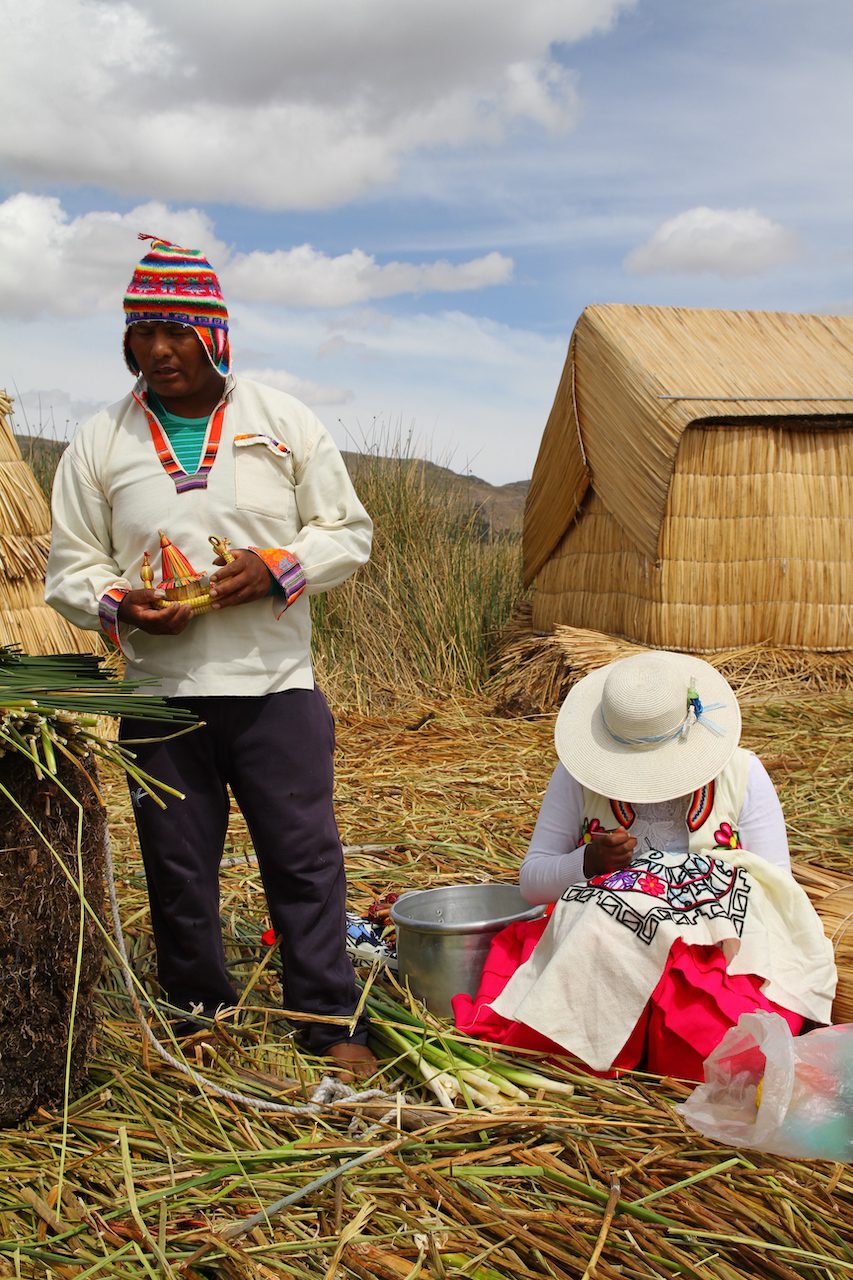
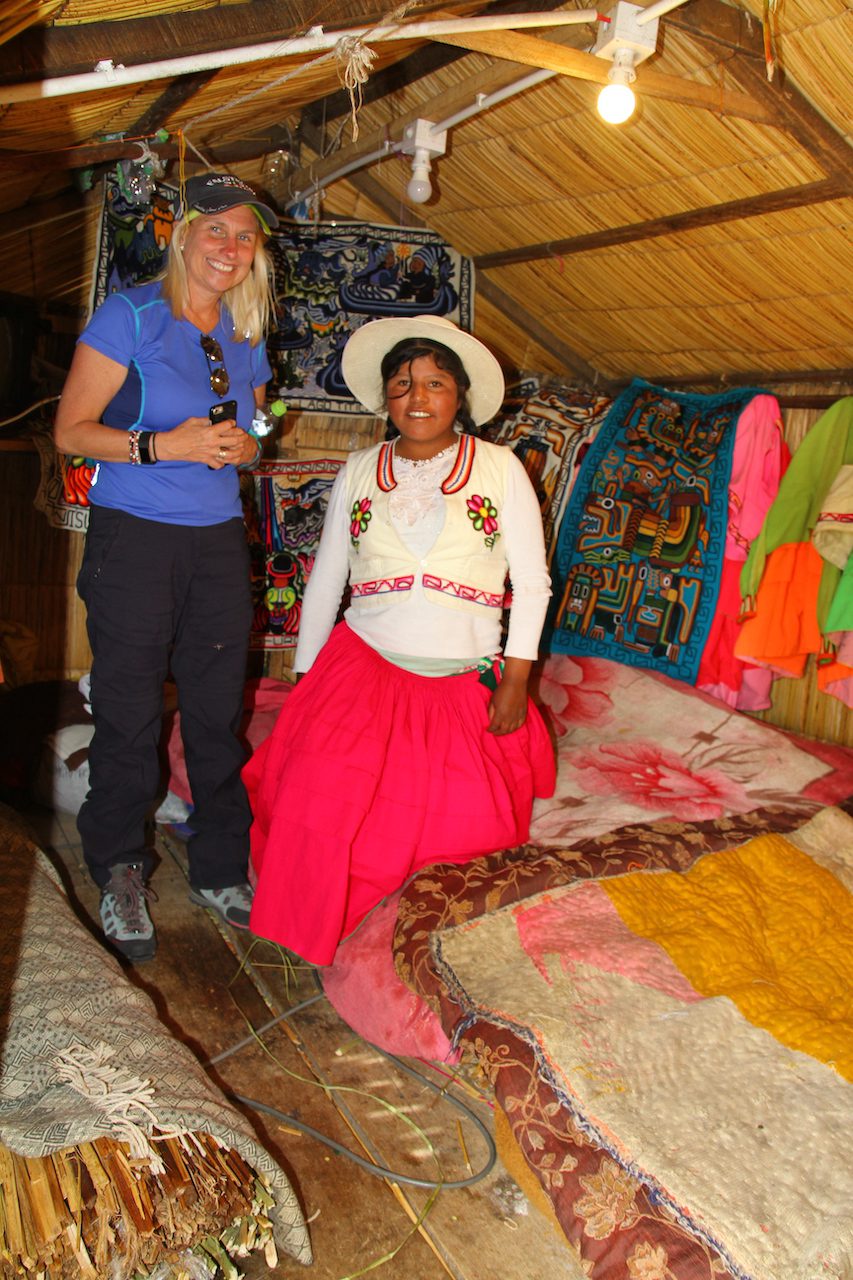

We bought a few trinkets to say thank you and then had our passports stamped with ‘Lake Titicaca’ to prove that we had visited!
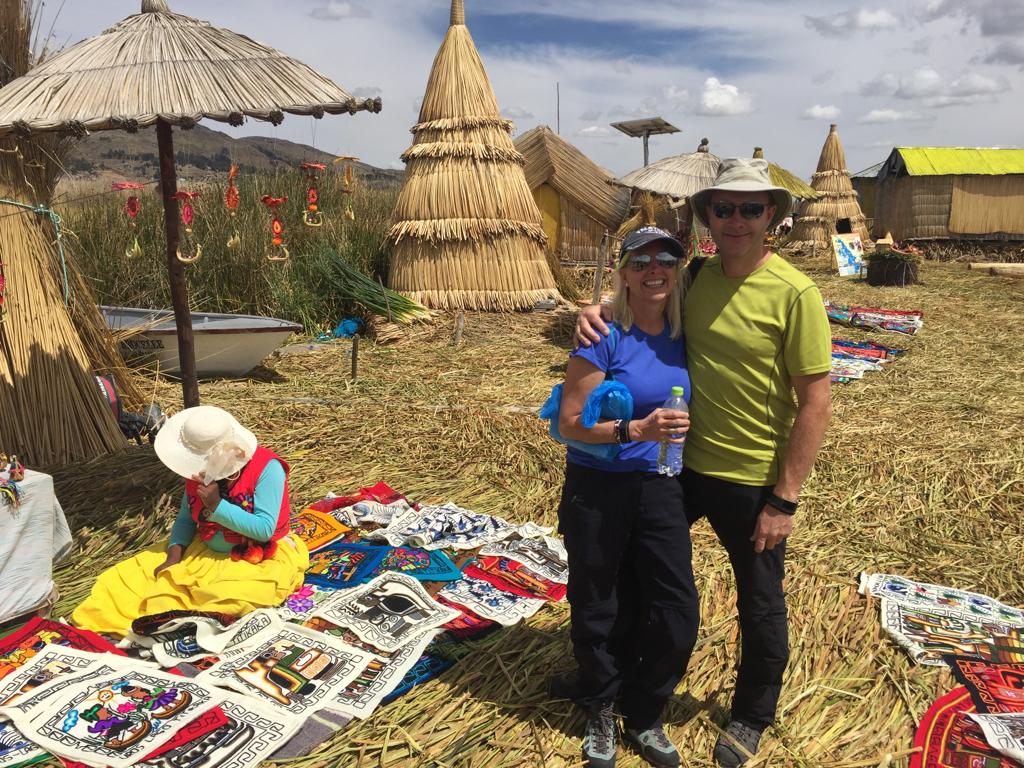
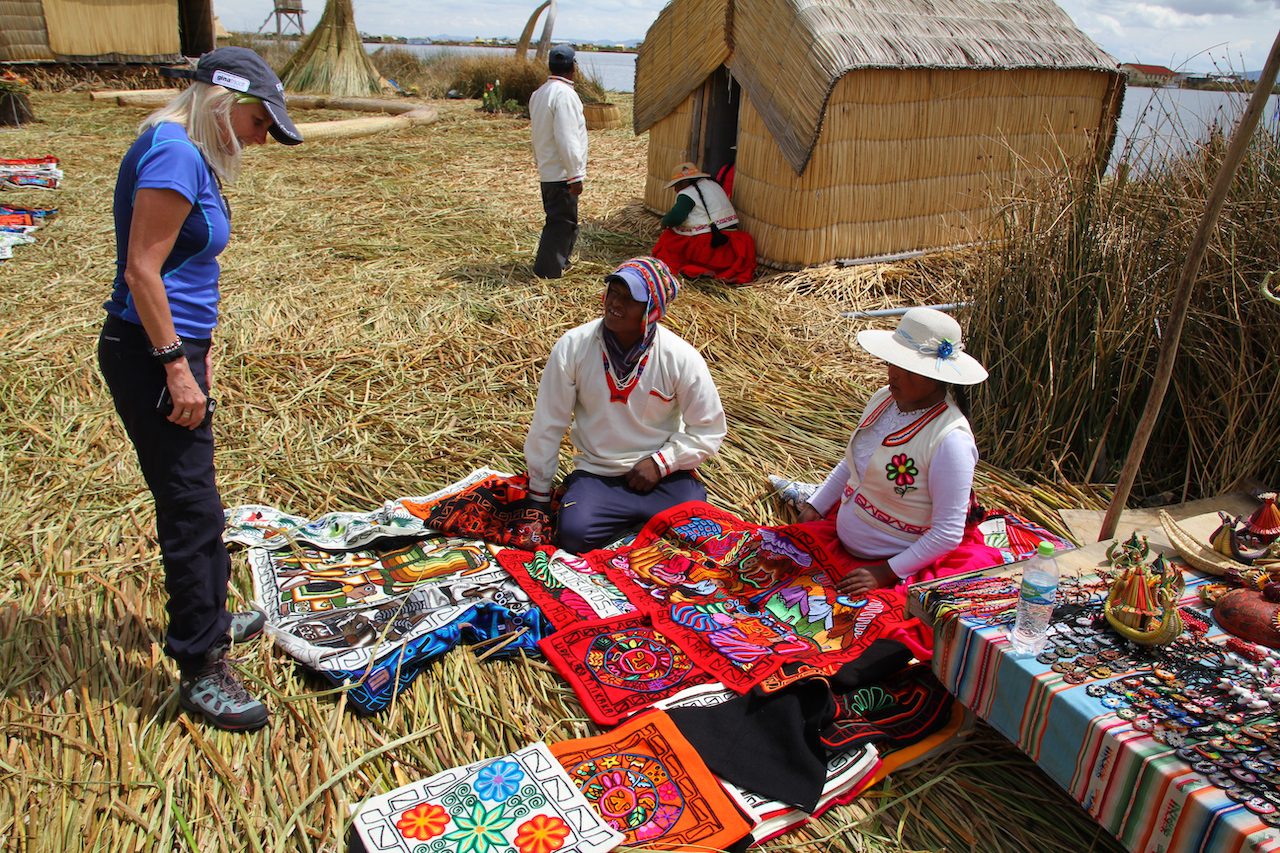
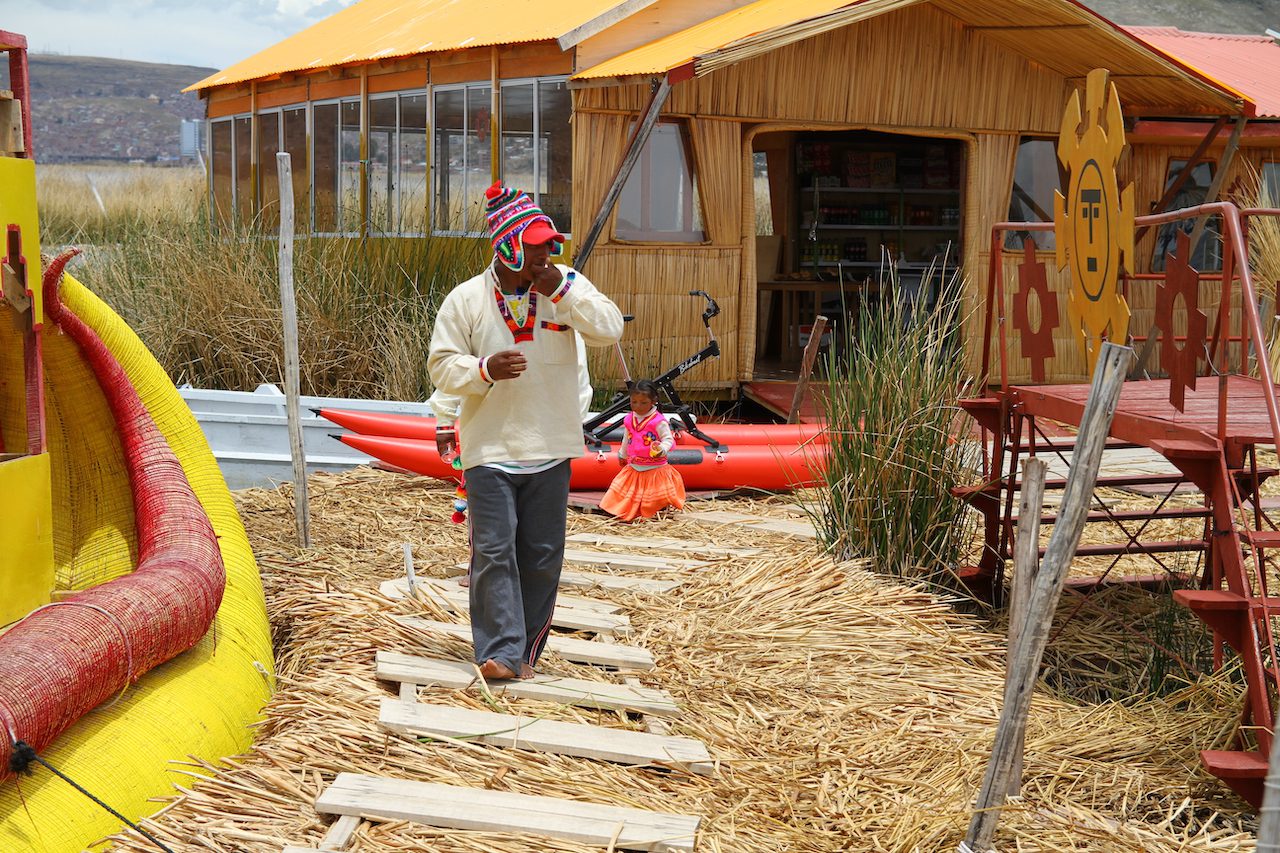
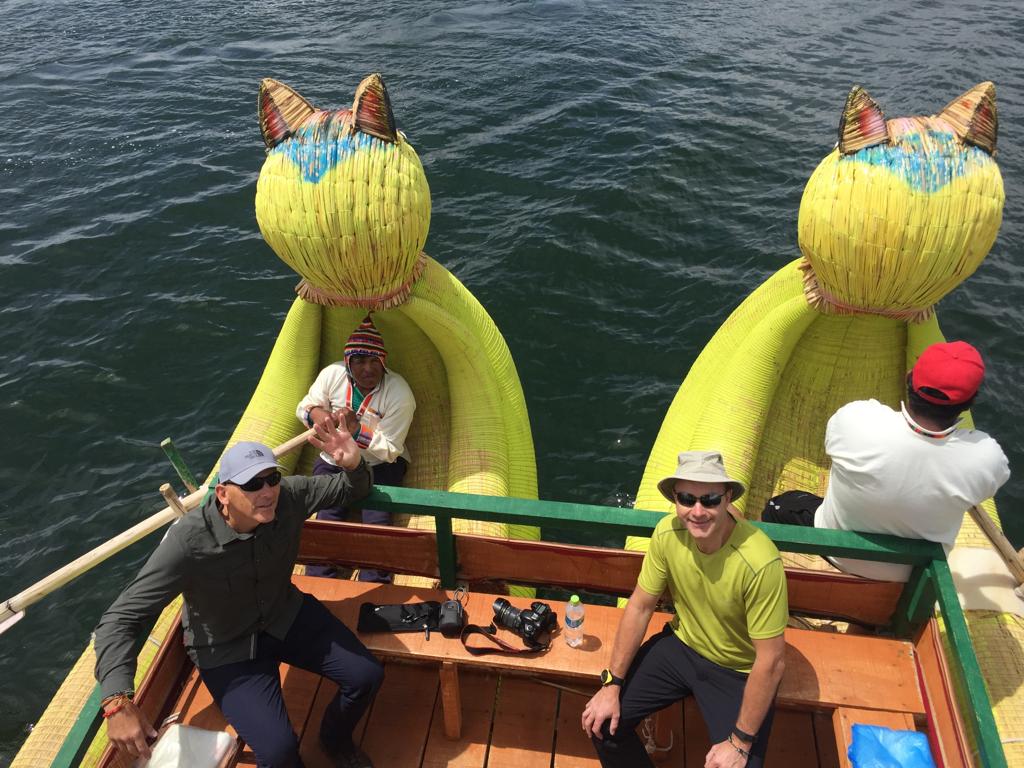
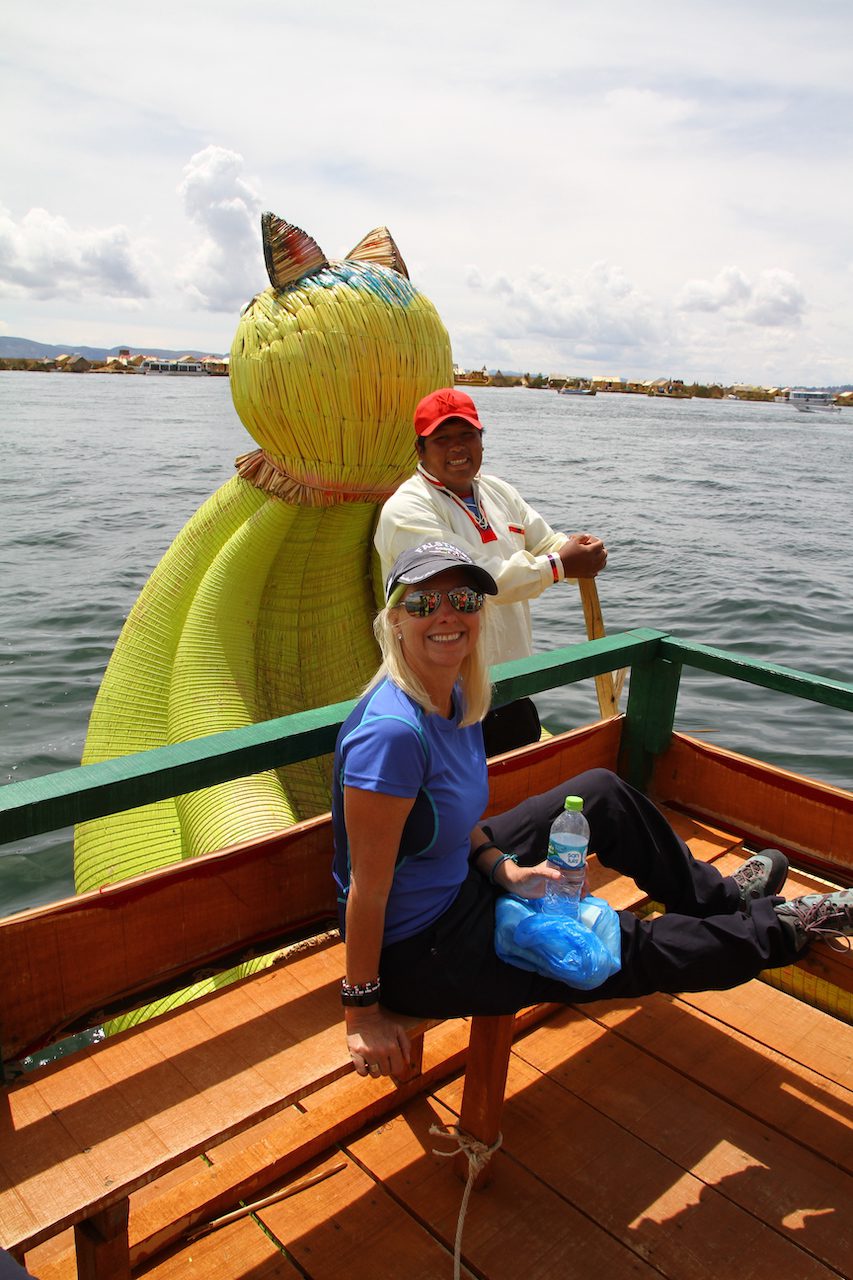
It was a very informative visit and we had enjoyed it. We were then picked up for a 1.5hour transfer to Amantani – the highest island on the planet! On arrival at this quiet island we were greeted by a tiny granny who immediately grabbed the heaviest bag and set off at pace for the 25minute walk (at 4,000m altitude!) to her home.
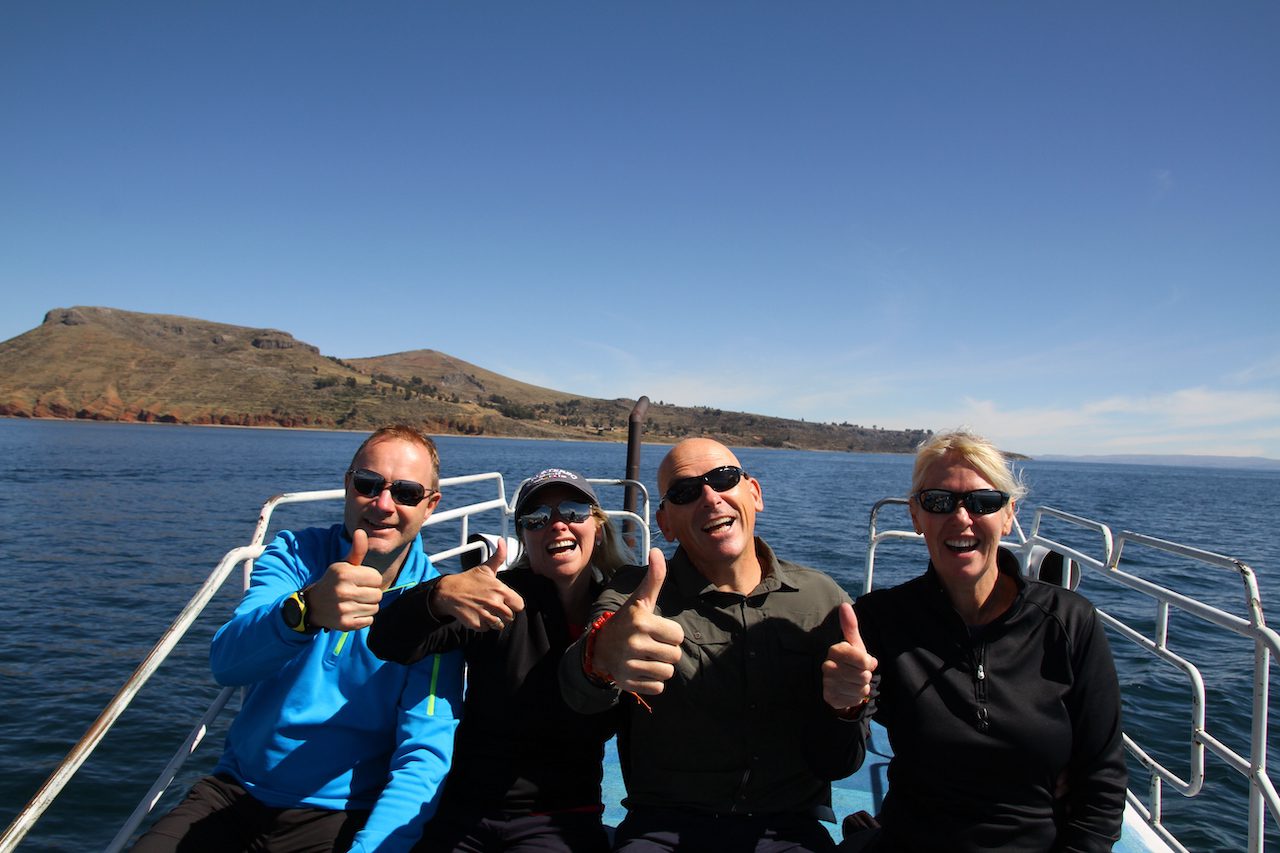
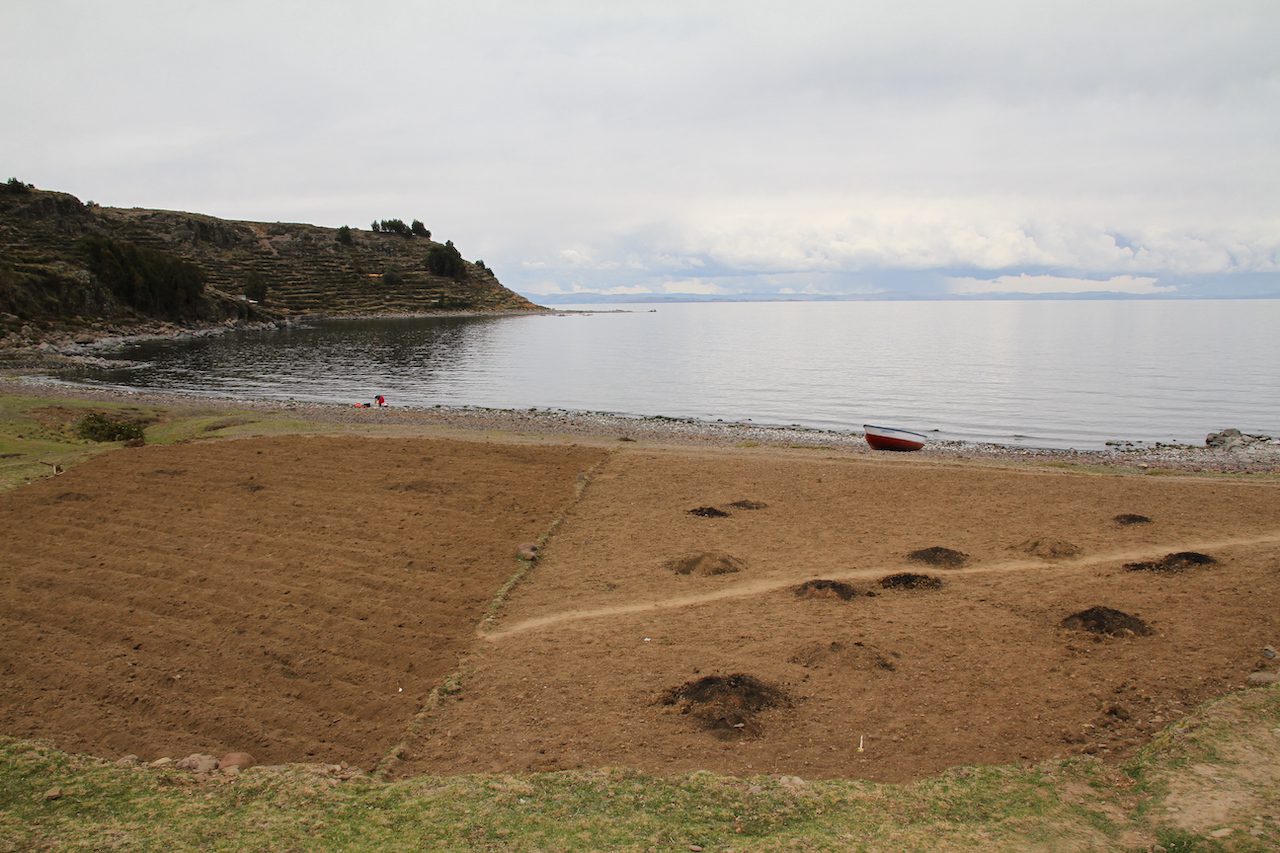
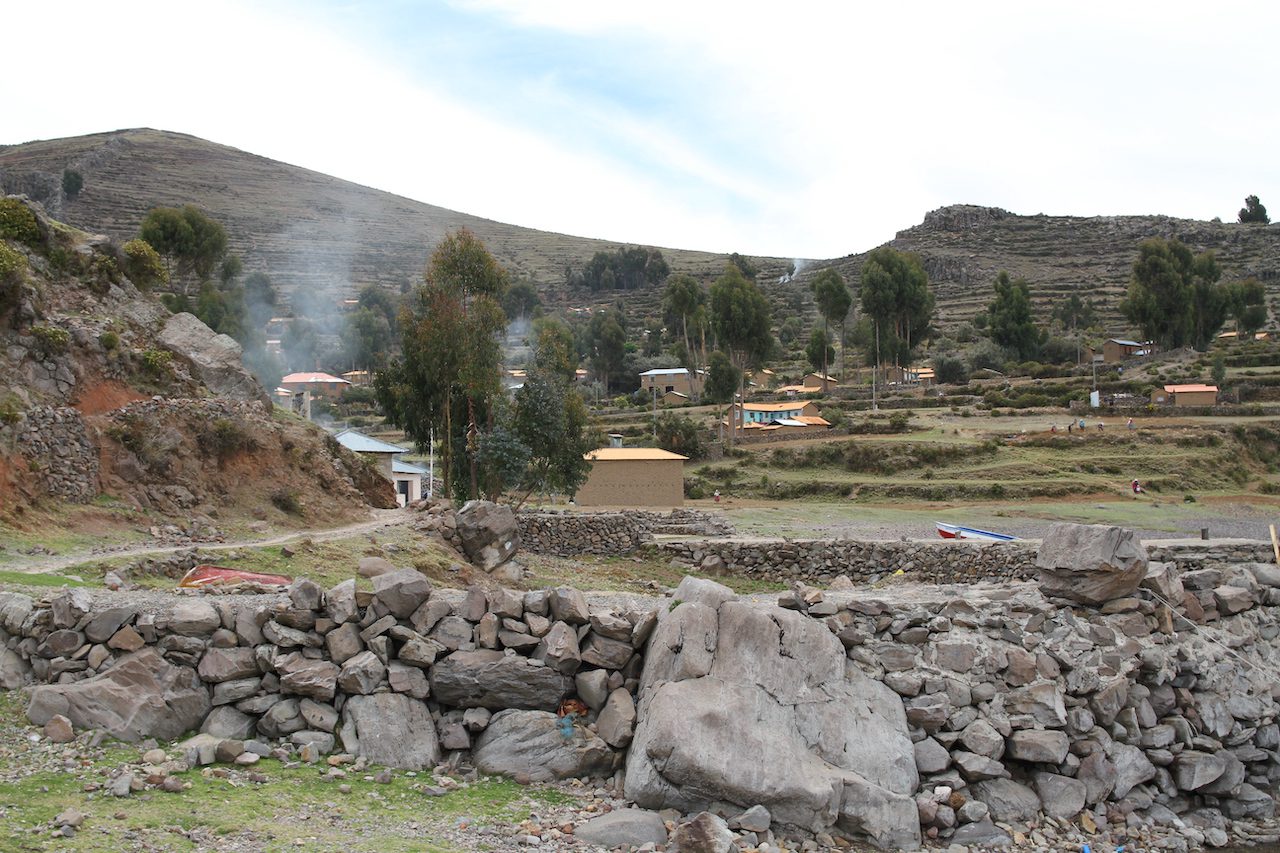

The Homestay was lovely and comfortable. We had a rest and a some soup to refresh ourselves after our little hike.
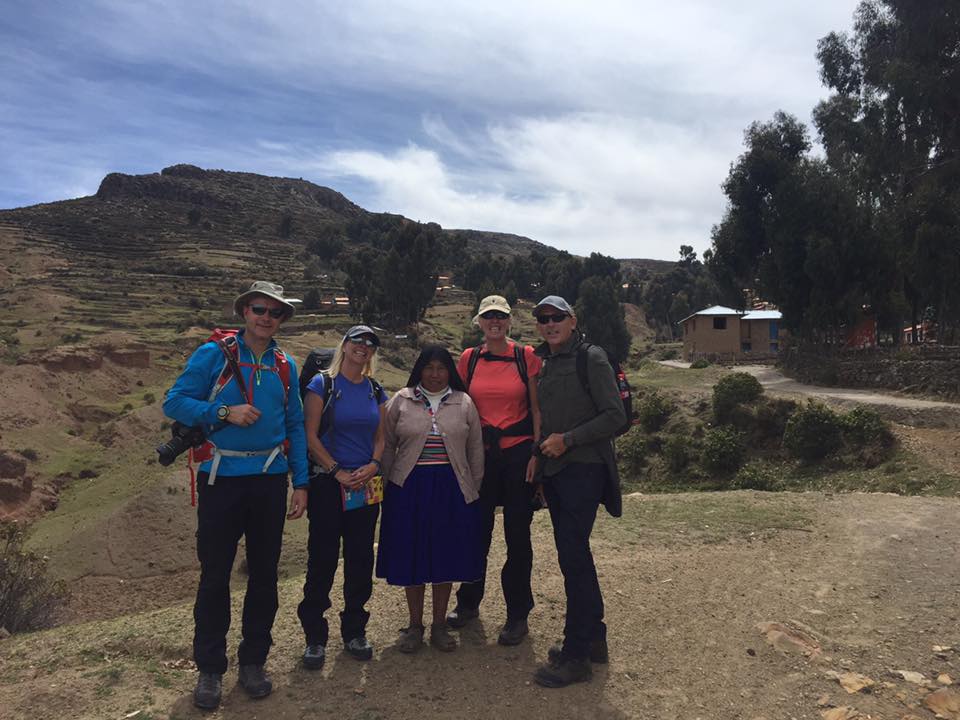
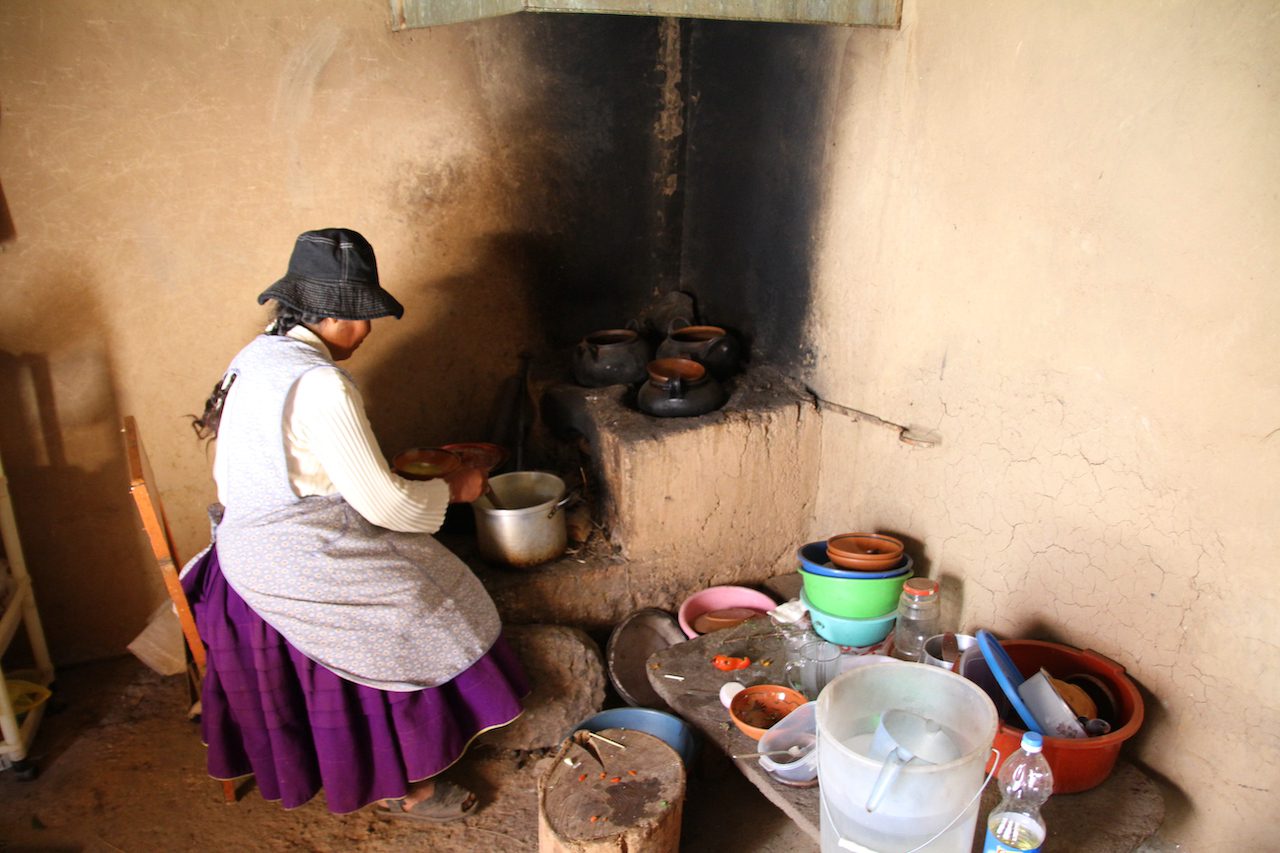
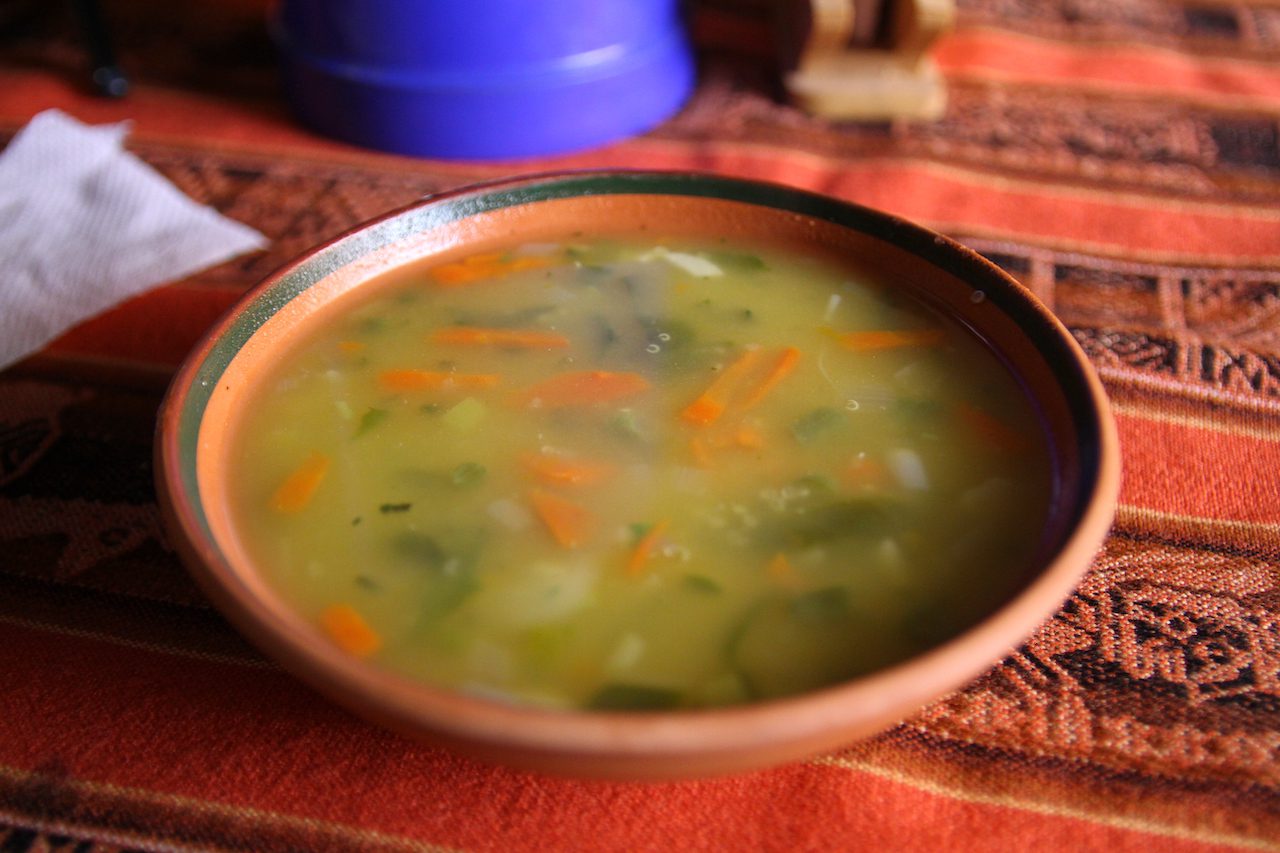
We then headed off for our walk to the highest point of the island to enjoy the sunset. On our way we met some lovely locals going about their daily business.The island has two mountain peaks. One is “Pachamama” which means “Mother Earth” in Quechua, and the other one is “Pachatata” which means “Father Earth.” Both of the peaks have ancient Inca ruins on their tops which are over 400 years old.
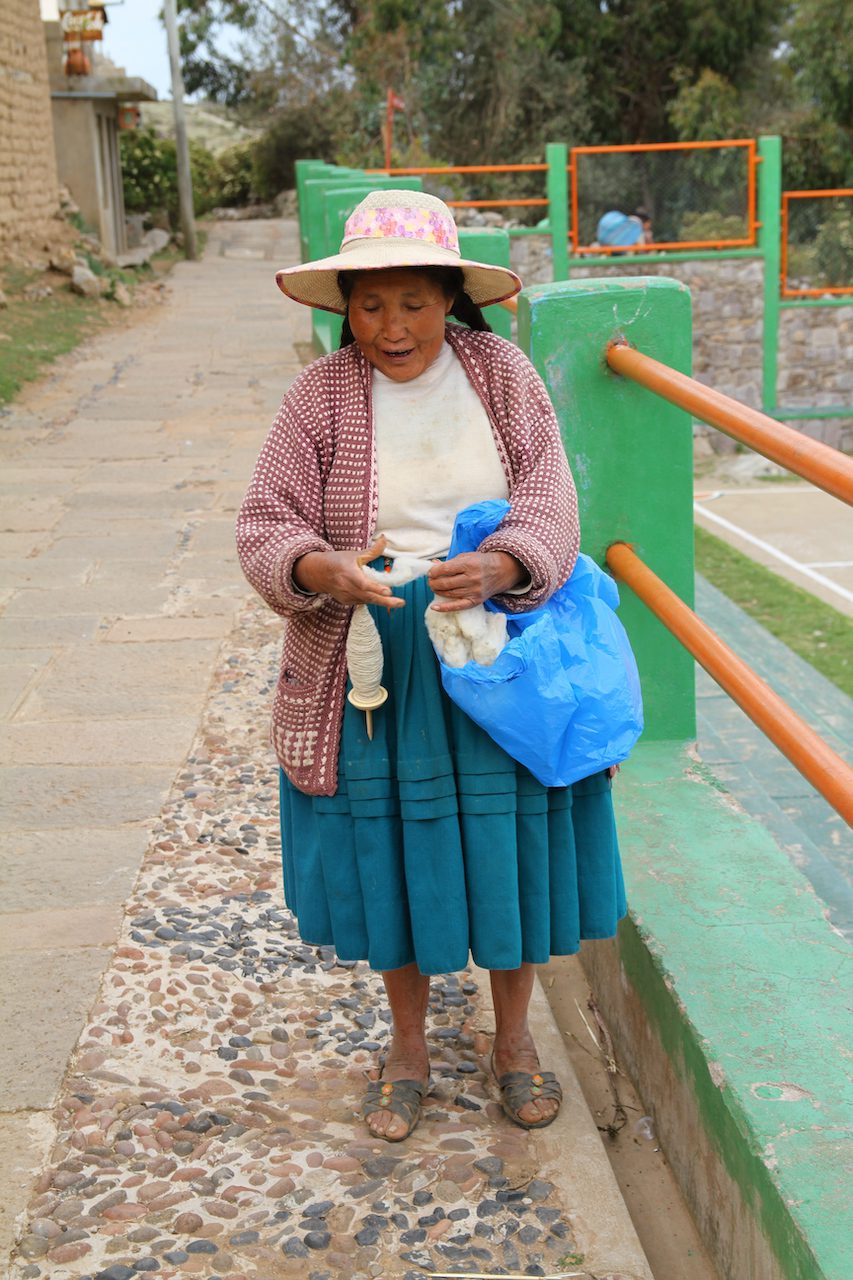
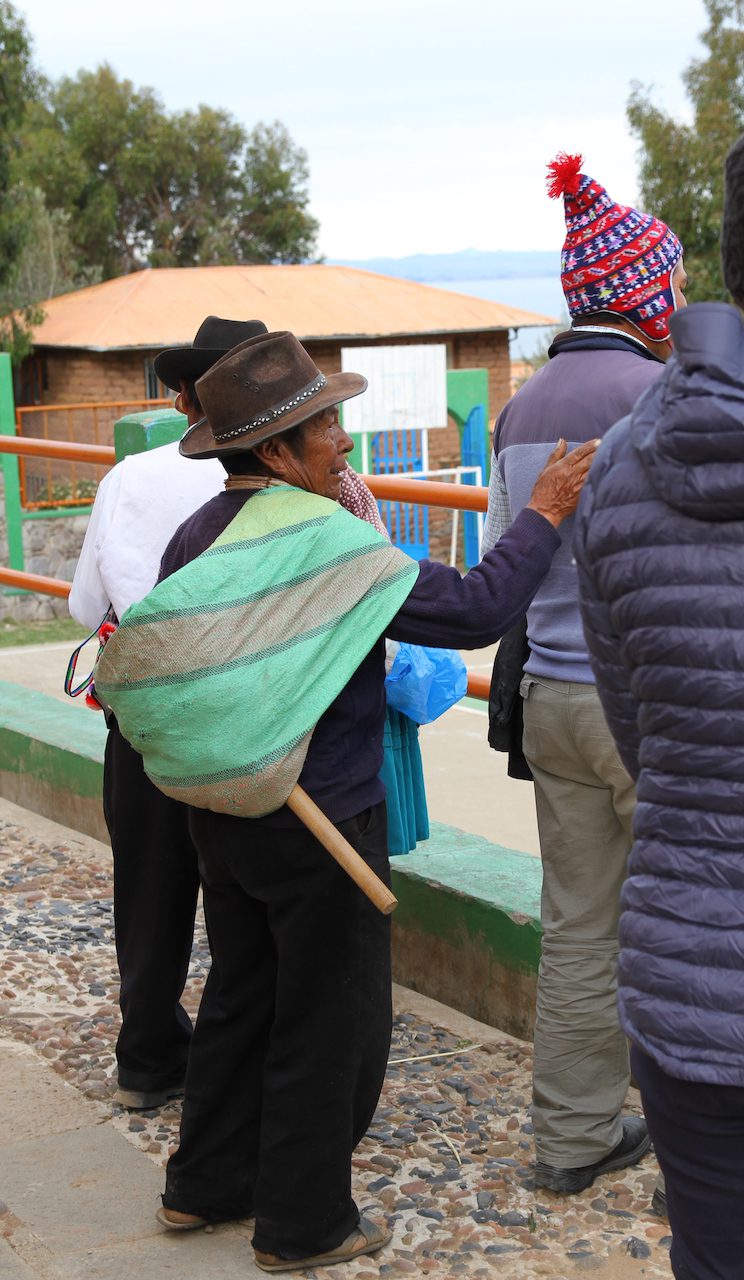
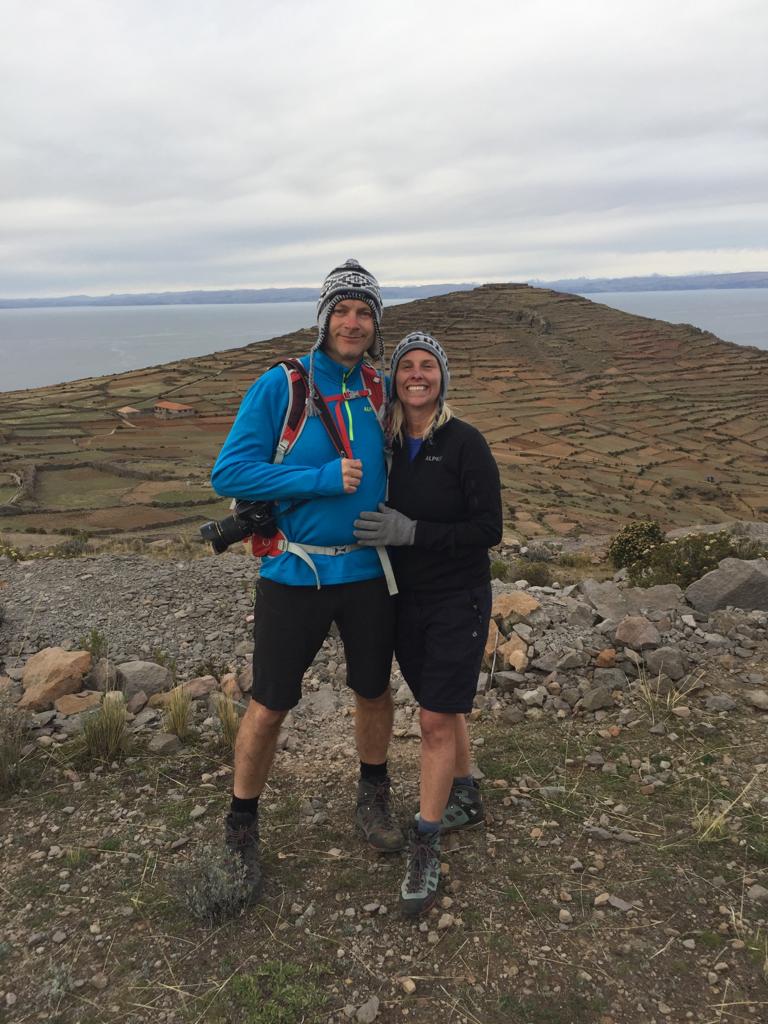
Tony gave away some t-shirts.

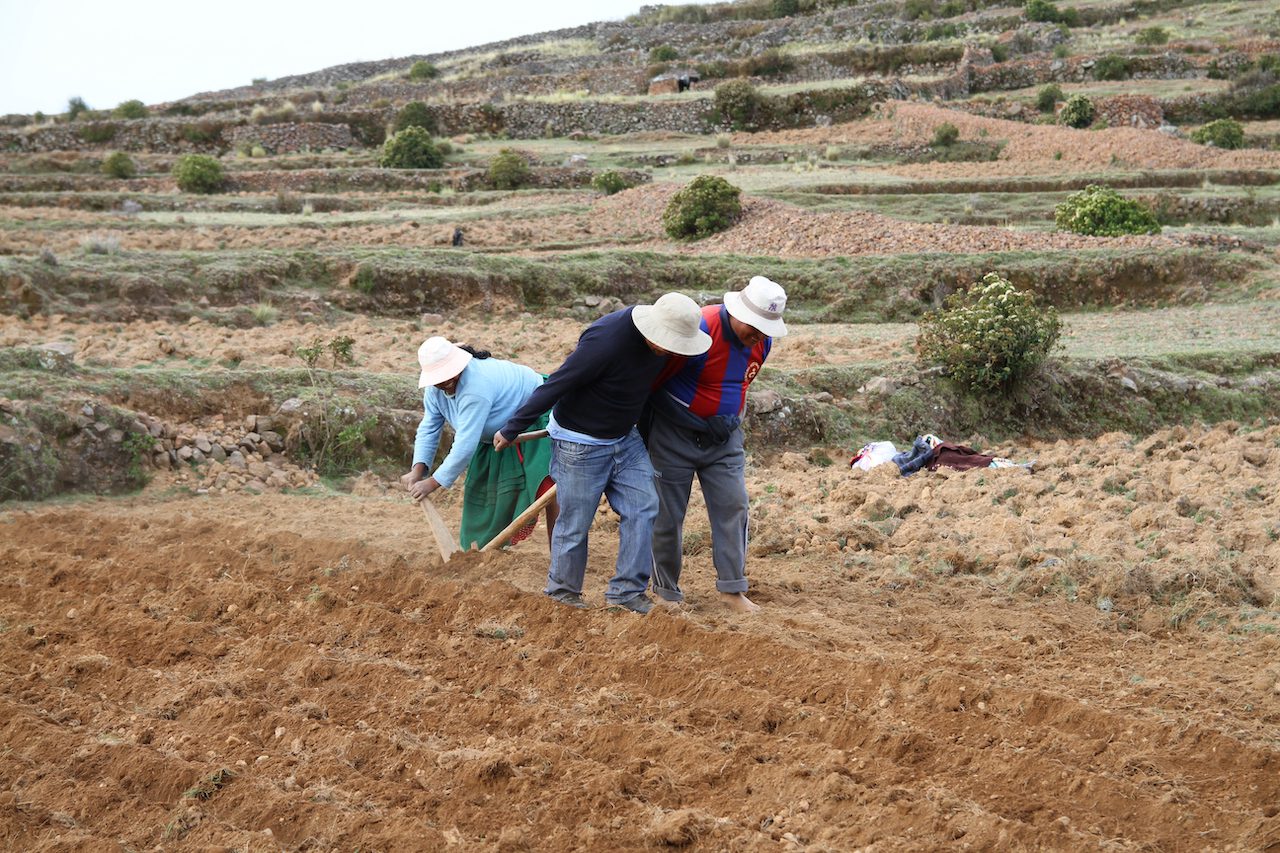
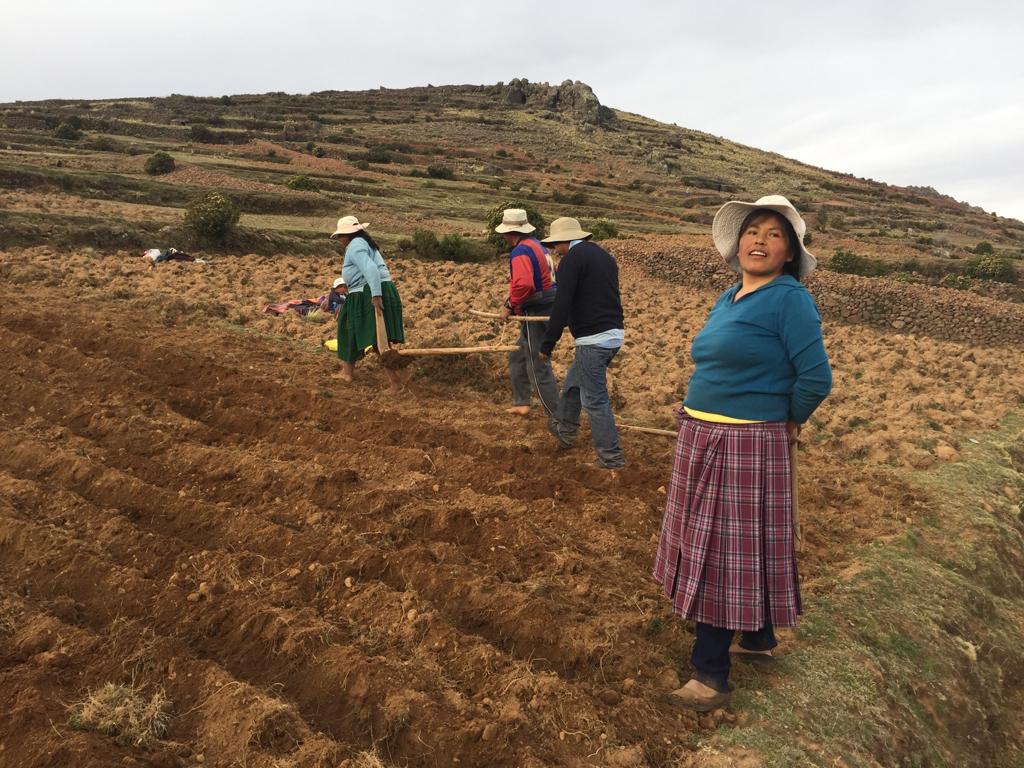
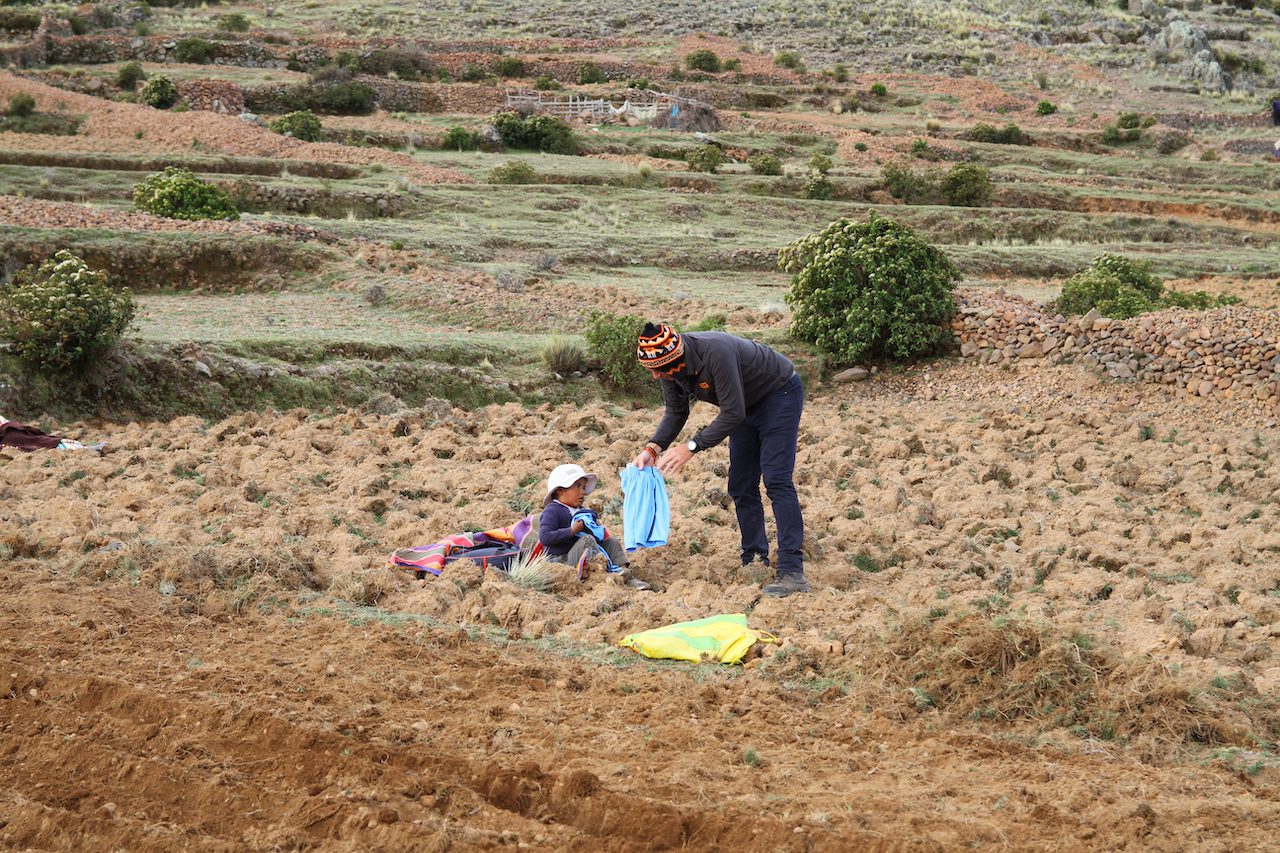
Then he and Paul joined in to help the very hard work of tilling the land! The hillsides spreading down the peaks are terraced. The villagers of Amantani farm mostly potatoes, quinoa, and wheat on those terraces and work the land by hand.
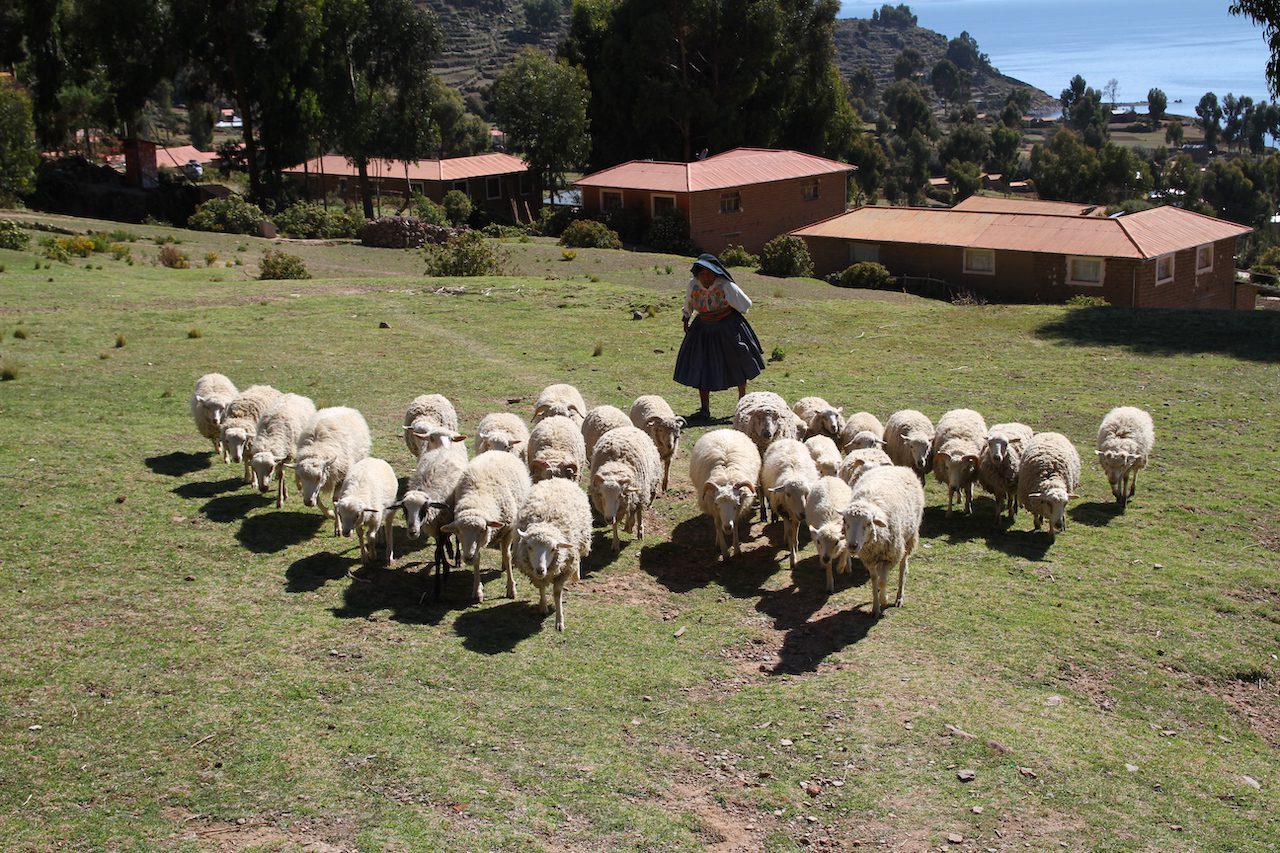
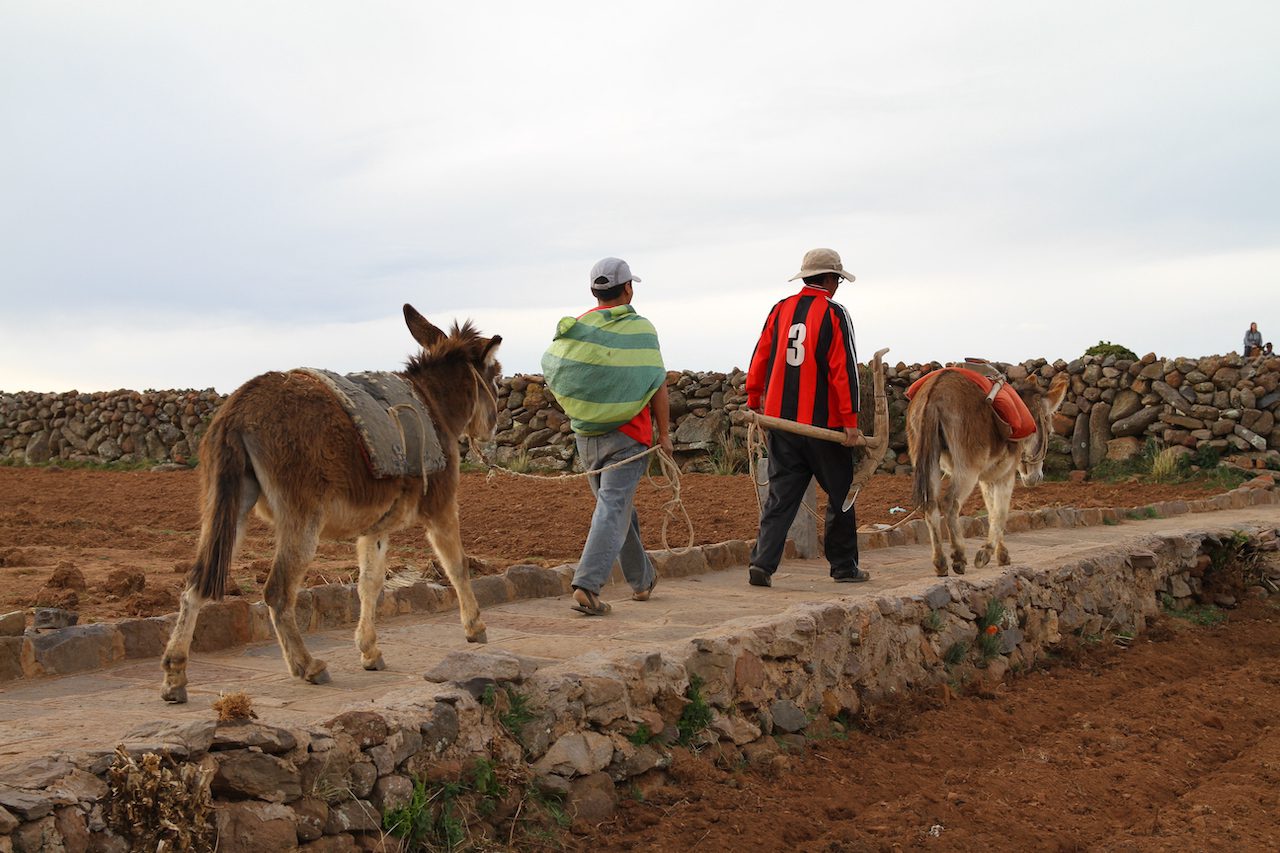
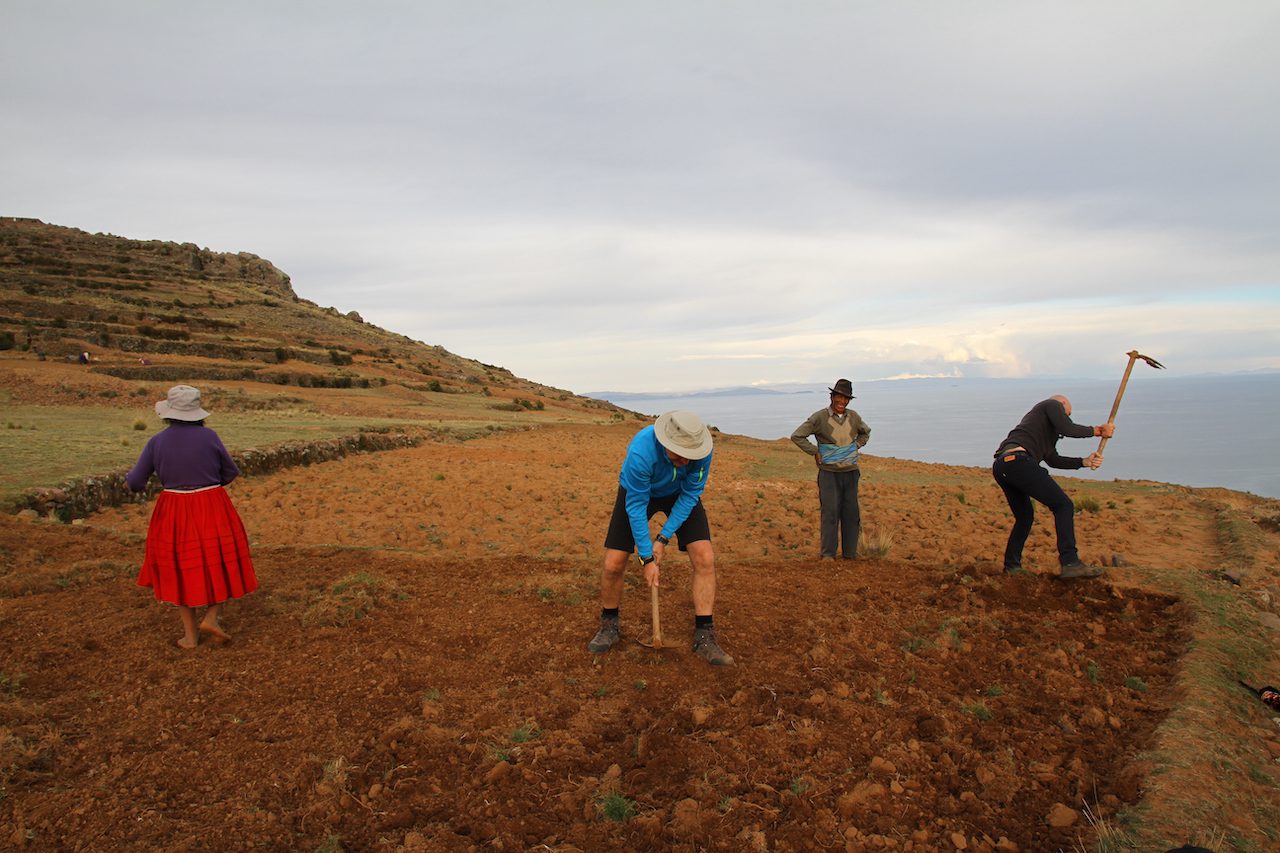
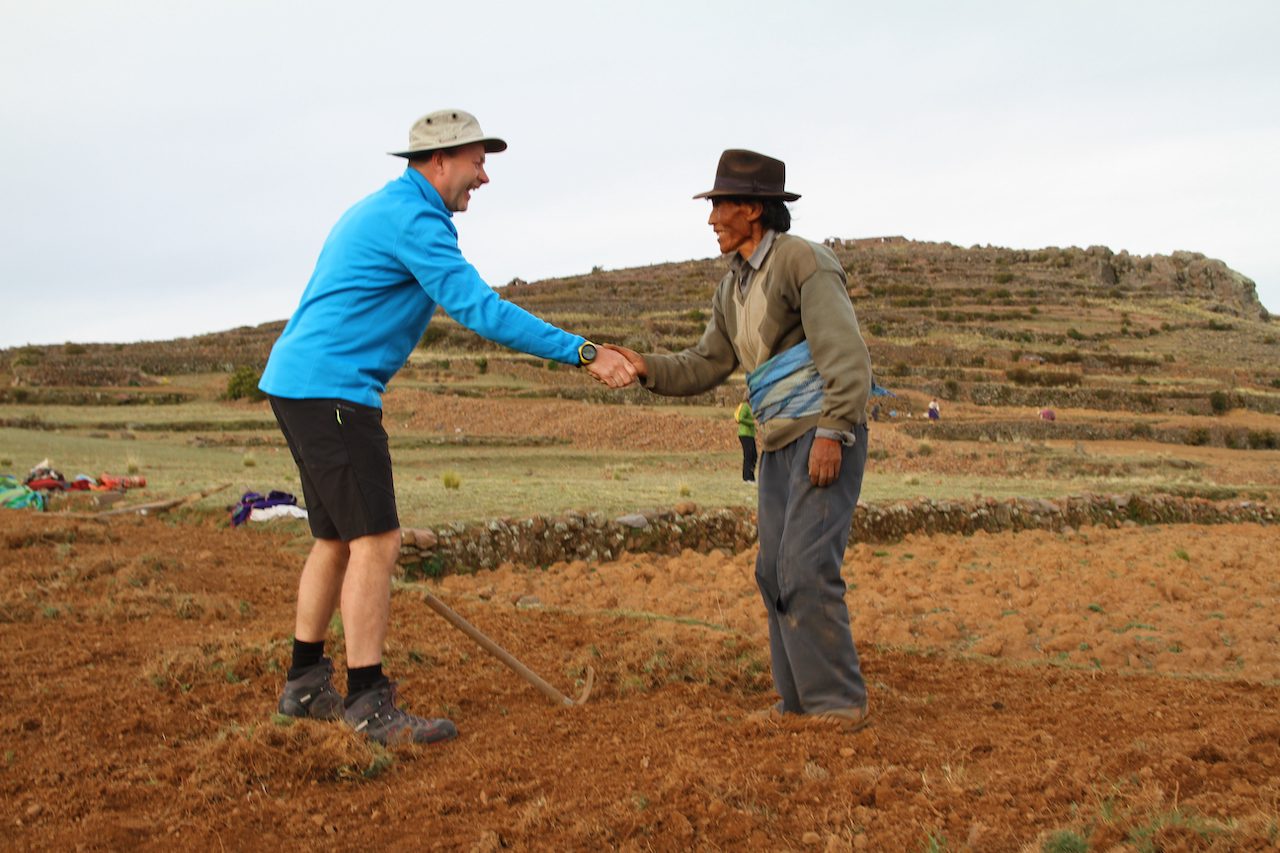
We continued our hike to the top of Pachatata – the sunset was beautiful.
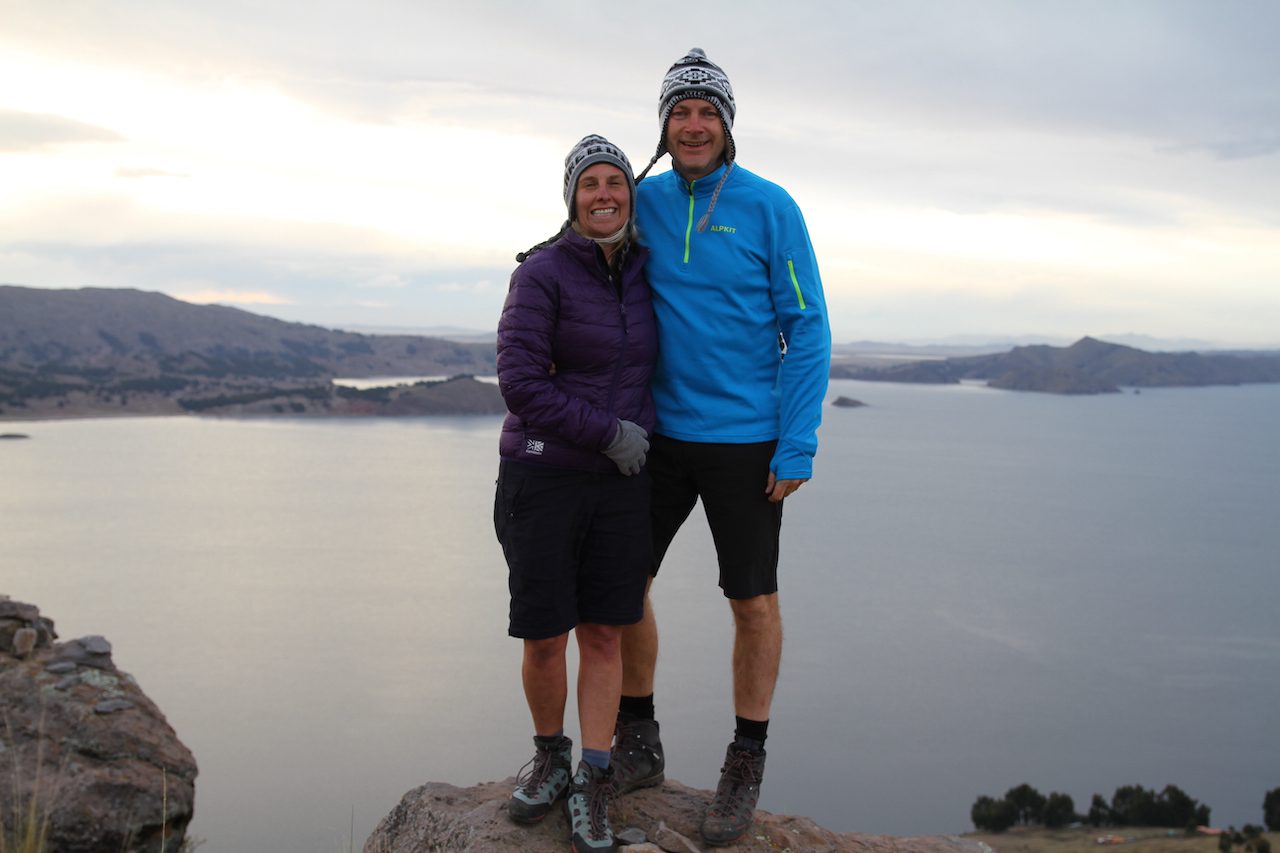
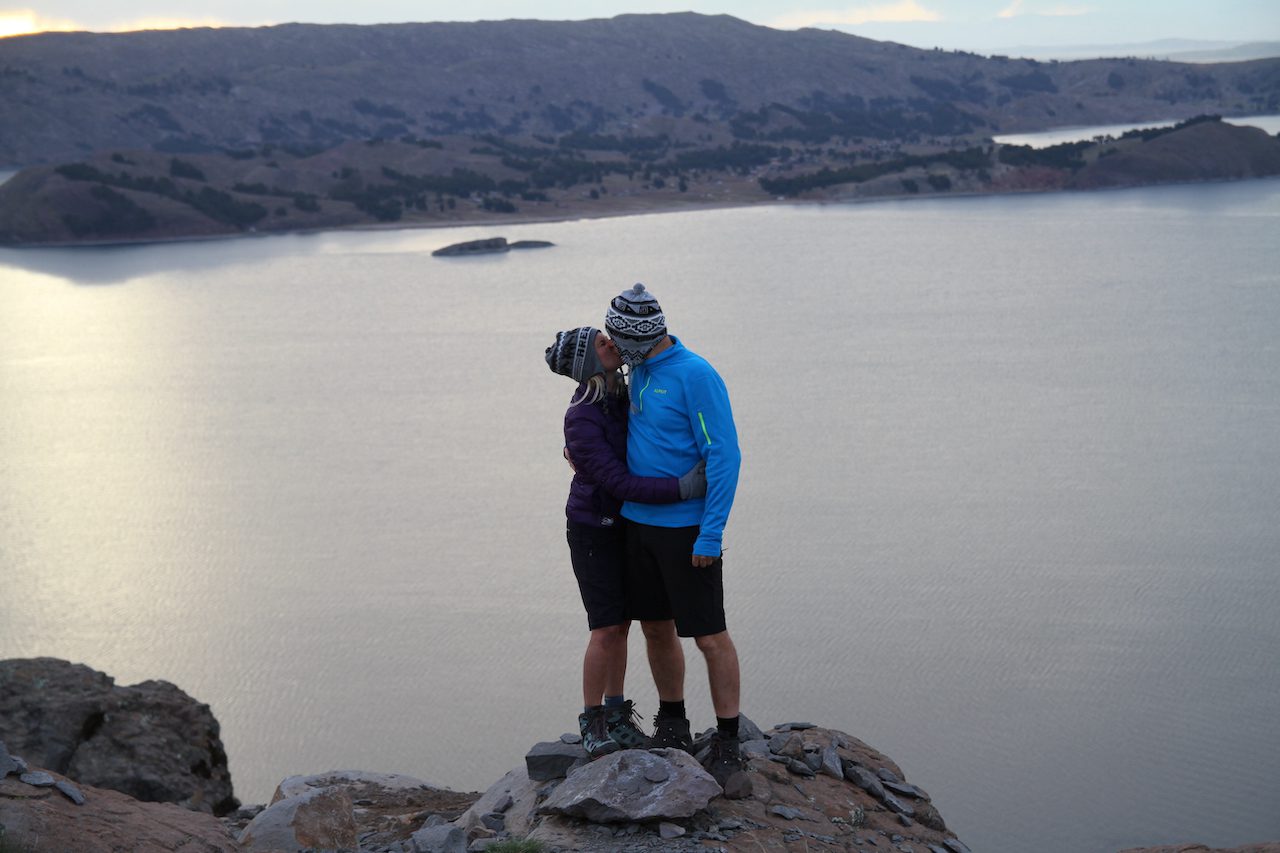
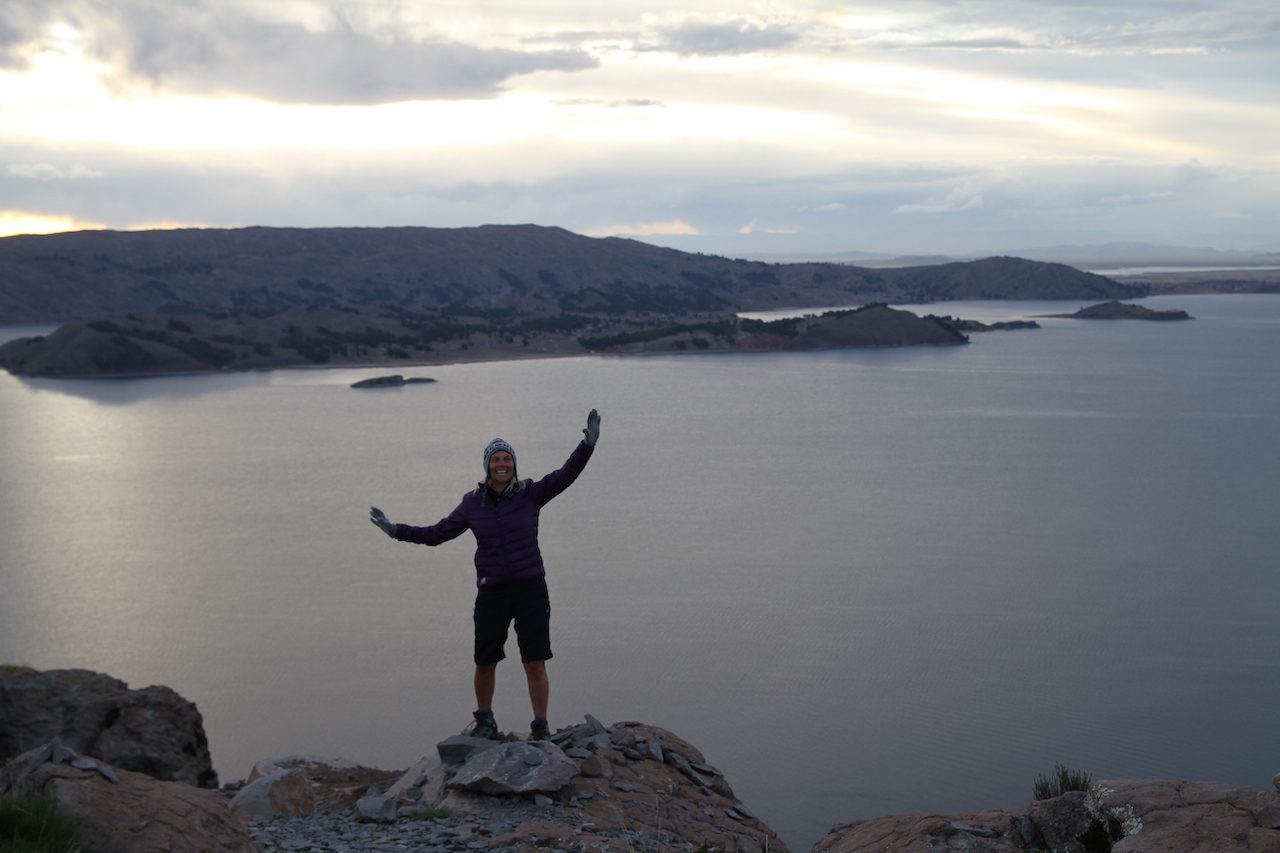
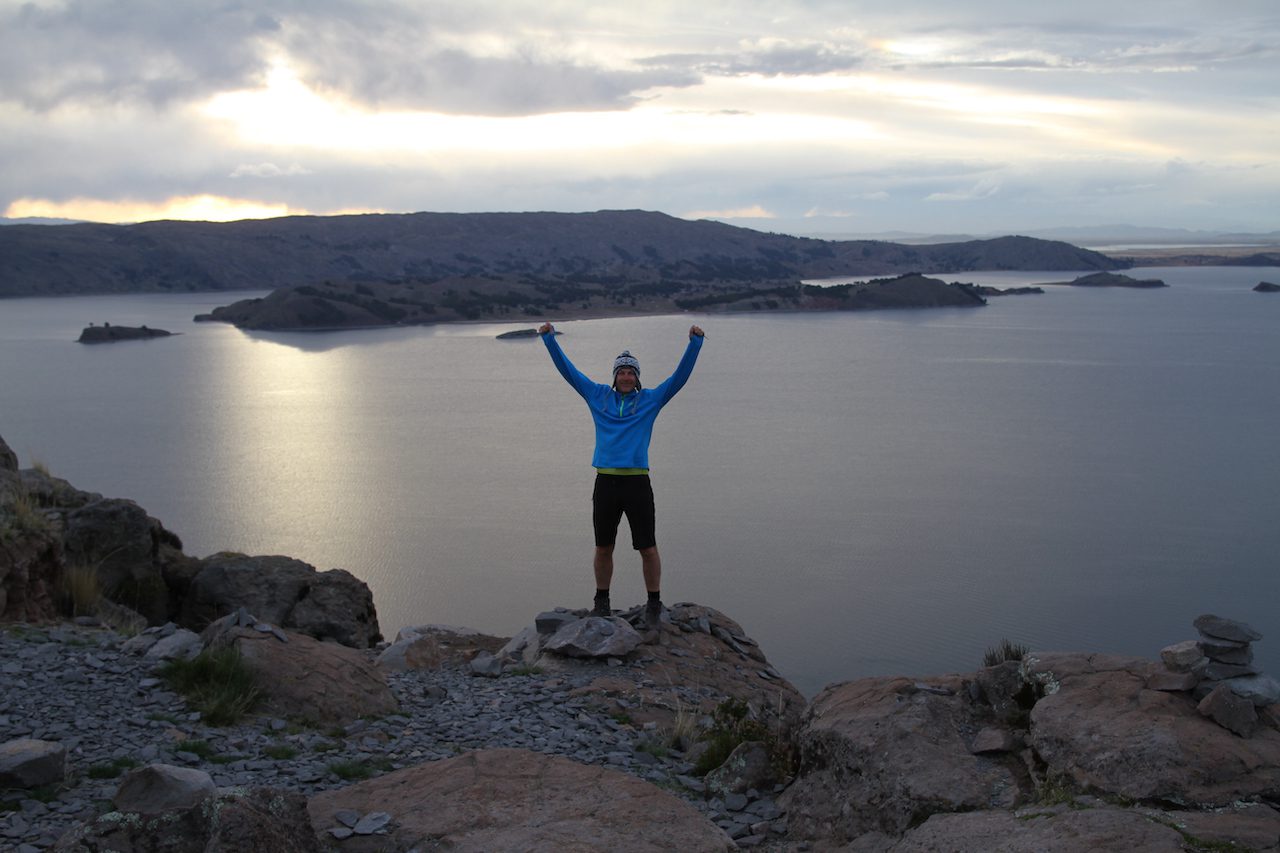
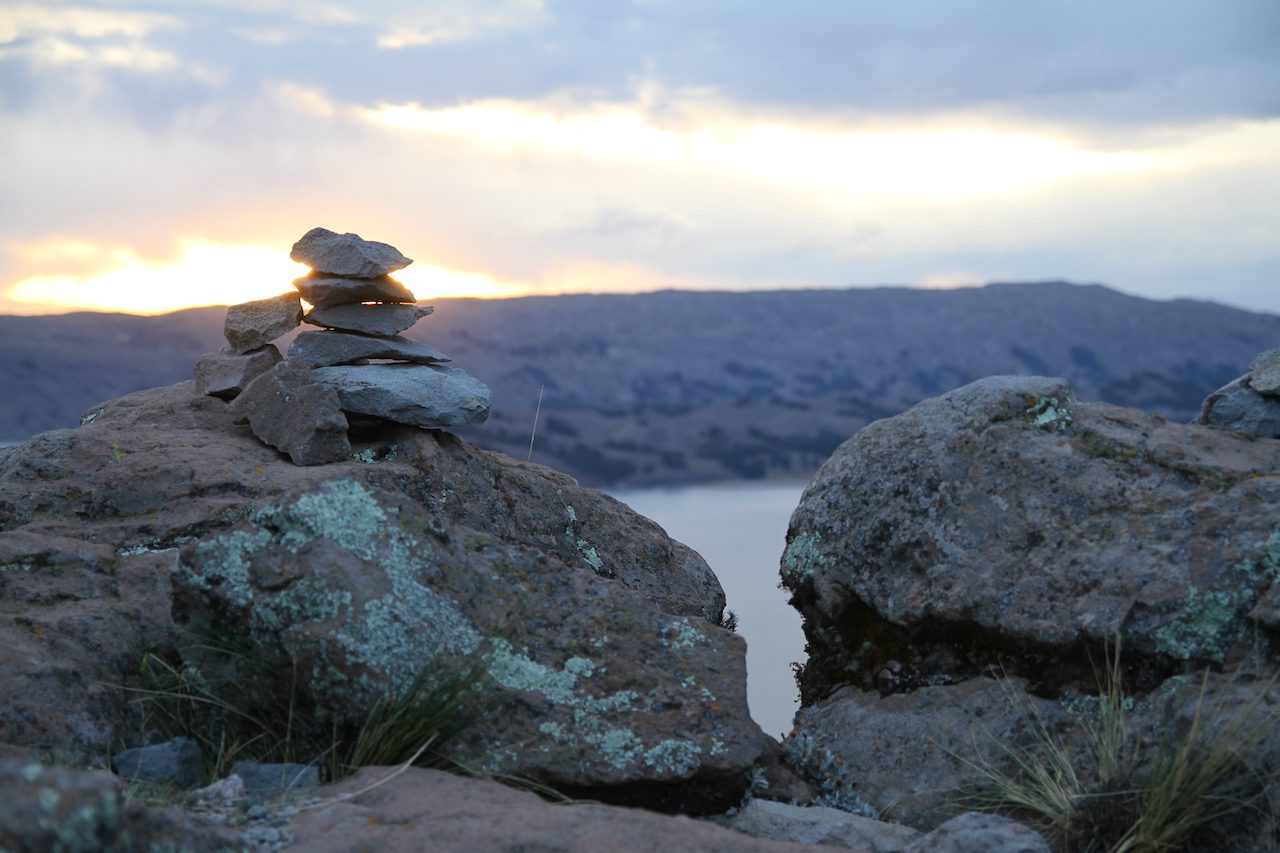
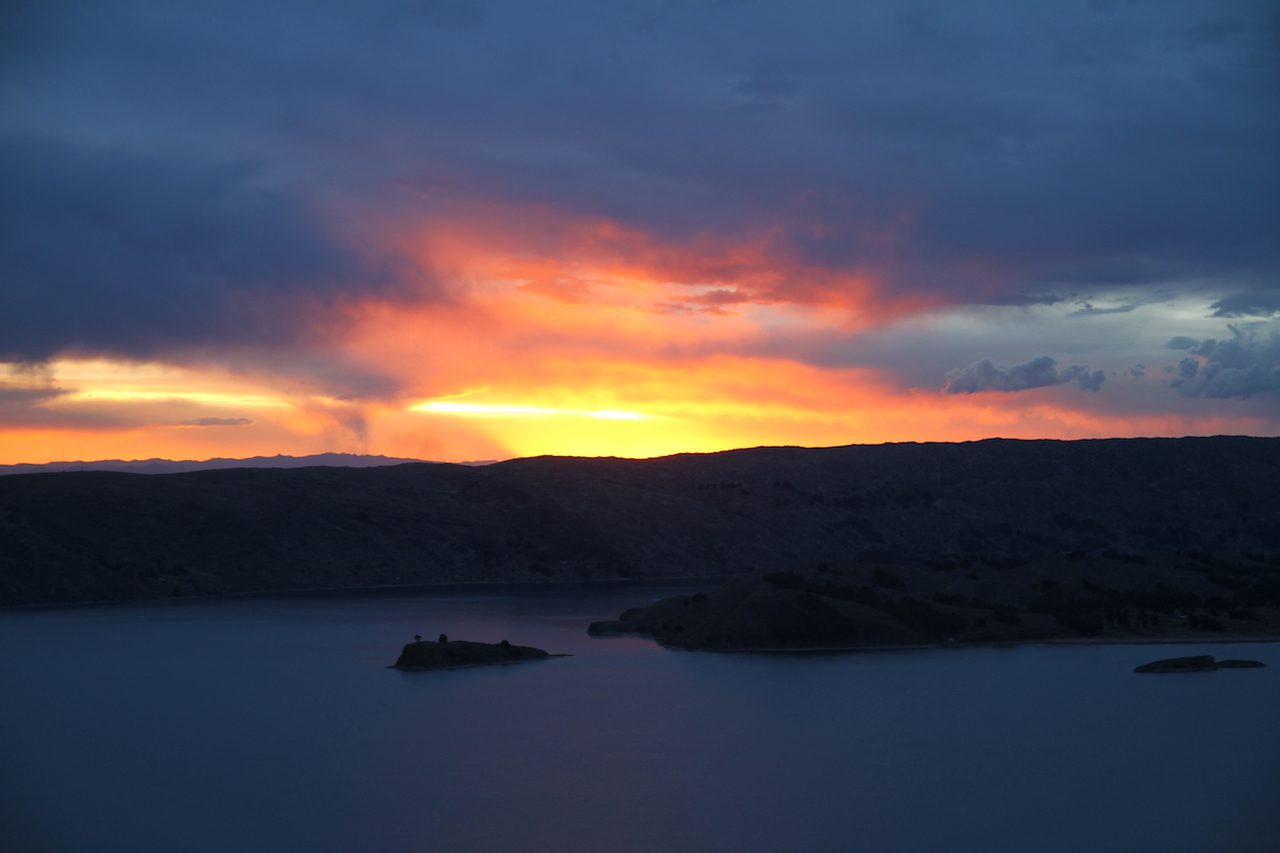

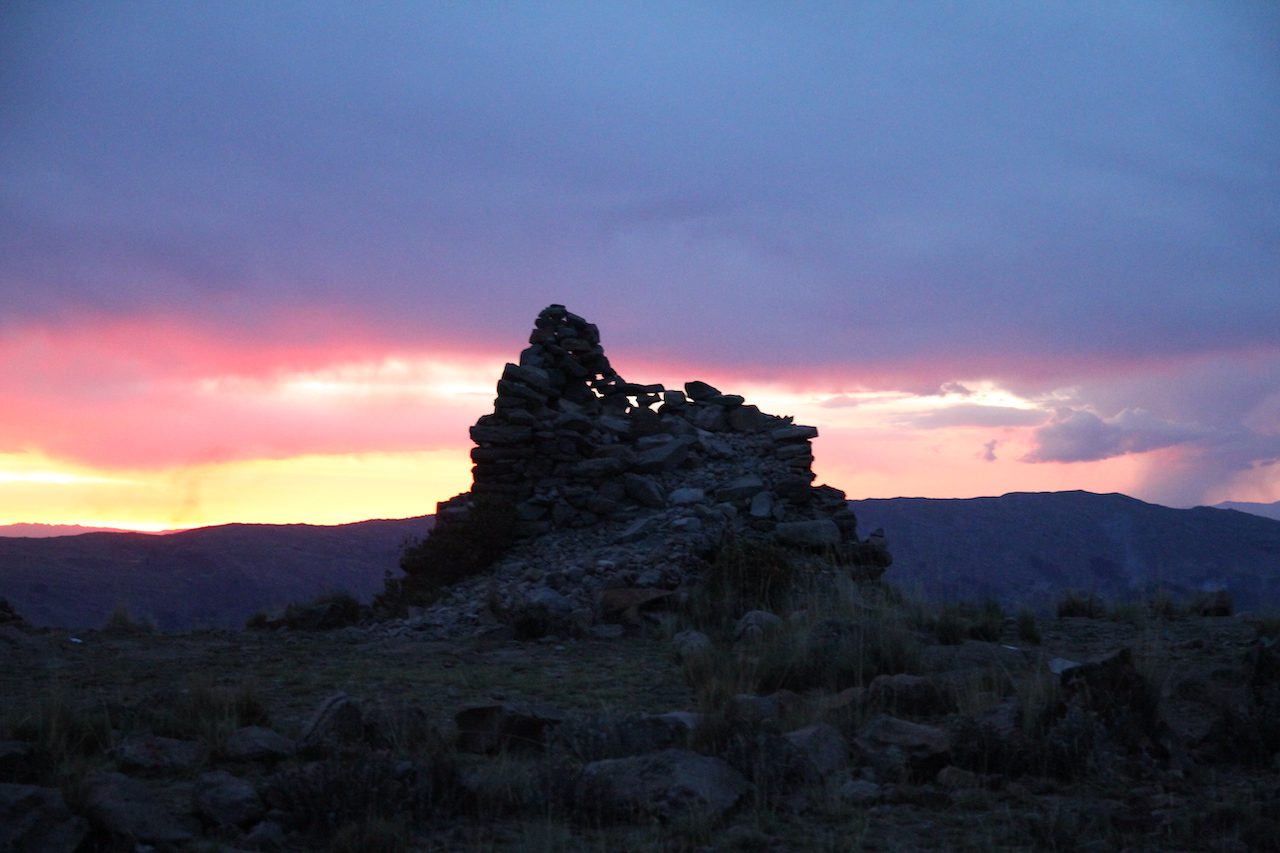
We headed back to the homestay for a lovely dinner and then got changed for the local dance hall! Pappa was most enamoured with Nessy!! We enjoyed some dancing. The walk back was spectacular with the night sky and all the billions of glittering stars – truly a magical island.
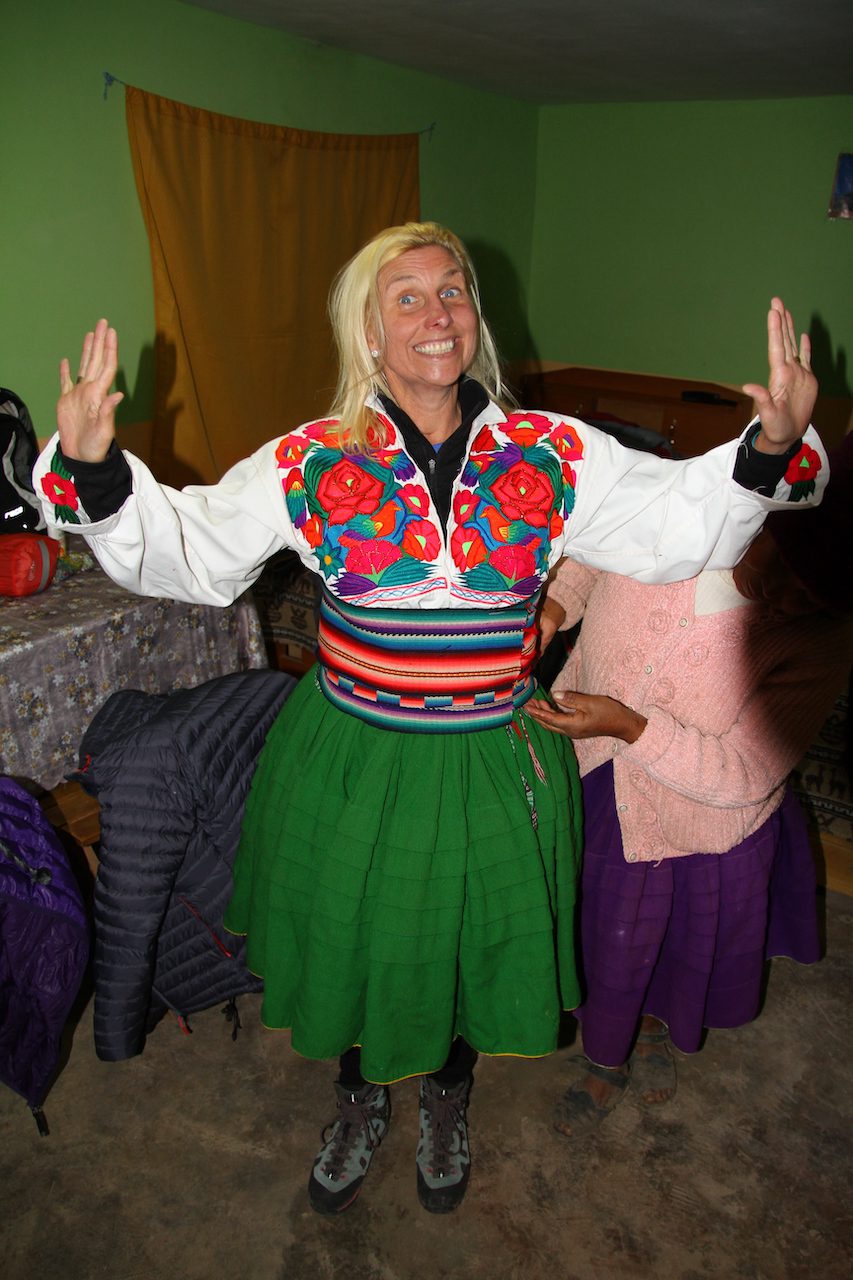
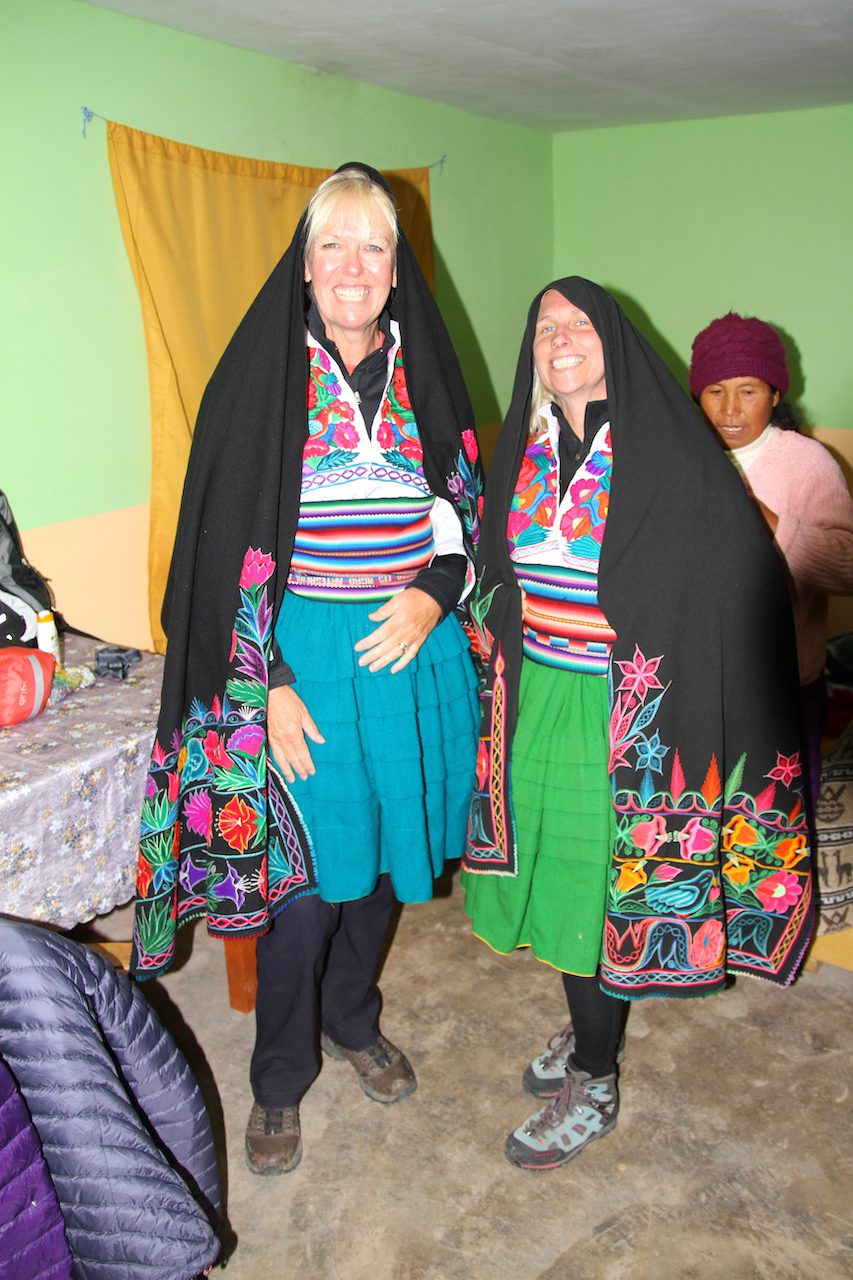
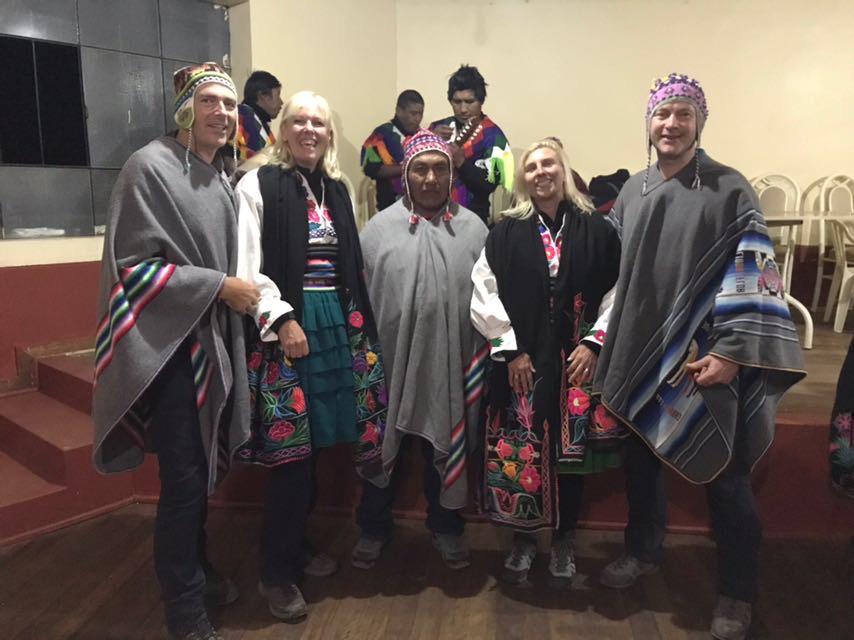
Go Back to: Lima
Go to: Nazca Lines
Go to: Lake Titicaca: Taquile
